Forums
- Forums
- Duggy's Reference Hangar
- USAAF / USN Library
- Curtiss P-6 Hawk
Curtiss P-6 Hawk
Post a reply
- Go to Previous topic
- Go to Next topic
- Go to Welcome
- Go to Introduce Yourself
- Go to General Discussion
- Go to Screenshots, Images and Videos
- Go to Off topic
- Go to Works in Progress
- Go to Skinning Tips / Tutorials
- Go to Skin Requests
- Go to IJAAF Library
- Go to Luftwaffe Library
- Go to RAF Library
- Go to USAAF / USN Library
- Go to Misc Library
- Go to The Ops Room
- Go to Made in Germany
- Go to Campaigns and Missions
- Go to Works in Progress
- Go to Juri's Air-Raid Shelter
- Go to Campaigns and Missions
- Go to Works in Progress
- Go to Skinpacks
- Go to External Projects Discussion
- Go to Books & Resources
-
6 years agoSat Feb 05 2022, 03:05pmDuggy
 Main AdminThe P-6 Hawk series resulted from the installation of the new 600 hp Curtiss V-1570 Conqueror liquid-cooled engine in what were essentially P-1C airframes. The variant which is best remembered today is the P-6E, which IMHO was one of the best-looking biplane fighters ever manufactured.
Main AdminThe P-6 Hawk series resulted from the installation of the new 600 hp Curtiss V-1570 Conqueror liquid-cooled engine in what were essentially P-1C airframes. The variant which is best remembered today is the P-6E, which IMHO was one of the best-looking biplane fighters ever manufactured.
The Curtiss V-1570 Conqueror engine was a evolutionary descendent of the Curtiss D-12 which powered the P-1 Hawk. The direct ancestor of the Conqueror was the unsuccessful Curtiss V-1400 engine which powered the P-2.
The first aircraft to carry the P-6 designation was the fourth P-2 (Ser No 25-423), modified to race for the Army in the National Air Races of 1927. It was the first Hawk to be fitted with the new Curtiss V-1570 engine which later became known as Conqueror. Because of the use of the new Conqueror engine, the Army gave the airplane a new designation--XP-6. Stripped of military equipment, it placed second in the unlimited event of the 1927 National Air Races.
For its principal entry in the 1927 National Air Races, the Army ordered that extensive modifications be made to a stock P-1A (Ser No 26-295). It was fitted with a V-1570-1 Conqueror engine and was equipped with a set of PW-8A-type un-tapered wings complete with the skin-mounted radiators. It bore the company designation of Model 34Q. The Army redesignated this aircraft XP-6A No 1 because of its use of the Conqueror engine. It took first place in the 1927 race at a speed of 201 mph. However, the XP-6A crashed during preparations for the 1928 National Air Races.
The success of the Curtiss Conqueror engine in these two racing aircraft led to an Army contract for a service test quantity of 18 P- 6s placed on October 3, 1928. These aircraft were assigned the serial numbers 29-260/273 and 29-363/366. These aircraft were given the company designation Model 34P. The Y-for-service-test designation had just been adopted at this time, but it does not appear to have actually been applied to these planes, although they are sometimes recorded as YP-6s.
One of the innovative features of the new Conqueror-powered P-6 was in its cooling system. The water coolant of the earlier P-1 series was to be replaced by Prestone, a trade name for an ethylene glycol (HOCH2CH2OH) mixture. Prestone was a product of the Union Carbide corporation, and had an advantage of having a very high boiling point and a very low freezing point. By using Prestone instead of water, Curtiss was able to reduce the surface area of its radiators by one third. In addition, since less coolant was needed, the use of Prestone rather than water resulted in the savings of about 50 pounds of weight.
However, since the new Prestone-cooled Conqueror engines were not yet ready, aircraft 39-269/273 and 39-363/366 were delivered in October 1929 with water-cooled V-1570-17 engines as P-6s, so that they could be gotten into service as rapidly as possible. The rest of the aircraft in the order were completed later as P-6As once the Prestone-cooled V-1570-23 Conqueror engines were finally ready.
The P-6 was generally similar to the P-1 in construction and appearance. However, the P-6 differed from the P-1 in having its fuselage rounded out to match the fatter engine cowling required by the Conqueror engine. A series of stringers were added to the fuselage sides to round out the cross section. In addition, the rear fuselage was deepened in order that it could faire cleanly into the bottom of the radiator. The result was an airplane which had a much deeper and broader fuselage than did the P-1. The landing gear was changed from rubber-block shock absorbers inside the fuselage to oleo-and-spring units mounted in the outer forward strut.
Deliveries of the first P-6s were late, the first example not appearing until October 1929. The last was delivered in December 1930. Maximum speed was 178 mph at sea level, 171 mph at 10,000 feet. The P-6 could climb to 10,000 feet in 6.6 min. Service ceiling 27,200 feet, and range was 260 miles. Weights were 2450 lb. empty, 3310 lb gross. The armament of the P-1 was a pair of 0.30 cal machine guns mounted in the upper fuselage decking inside the V-cylinder blocks and synchronized to fire through the propeller arc.
The first nine P-6s (Ser Nos 29-260/268) were completed with Prestone-cooled V-1570-23 Conqueror engines once these engines were ready. These aircraft were redesignated P-6A once they were delivered to the Army. Weights were 2389 lb. empty, 3172 lb. gross. Maximum speed was 176 mph at 5000 feet. Initial climb was 1910 ft/min. Service ceiling was 27,300 feet. Armament was the same as that of the P-1.
Two additional P-6s resulted from conversions of the Curtiss P-11. The P-11 was basically a P-6 airframe modified so that it could be powered by the new 600-hp Curtiss H-1640 twelve-cylinder two-bank air-cooled engine. Three examples of the P-11 had been ordered by the Army for tests. However, before any of the P-11s could actually be completed, the H-1640 engine had proved itself to be completely unsatisfactory, and the first two P-11s (Ser No 29-367 and 368) were completed as P-6s with water-cooled Conqueror engines. The last P-11 (Ser No. 29-374) was fitted with a 575 hp Wright R-1820 Cyclone radial engine and was redesignated YP-20.
During the service test period, various minor changes in the radiator shape were made and some of the machines were fitted with three blade propellers in place of the original two-bladers. All of the P-6As were converted to P-6D in 1932.
XP-6A No 2 was the designation given to P-6A Ser No 29-263 diverted to test work. Despite its X-prefix, it was not a prototype.
XP-6B was the designation given to the last P-1C (Ser No 29-259) when it was delivered on July 18, 1929 with a 600 hp V-1570C Conqueror engine. It was intended to be used by Captain Ross G. Hoyt in a long-range flight from New York to Nome, Alaska. The aircraft came to be known as The Hoyt Special. The fuselage lines and the cowling were similar to those of the later P-6 and P-6A. Long-range tanks were built into the sides of the fuselage. The flight attempt began on July 18, 1929, and Hoyt made the trip of 4500 miles to Nome in 38 hours elapsed time. However, on the return trip the XP-6B only got as far as Valemont, British Colombia, where it made a crash landing and flipped over on its back. After repair and deletion of the long range tanks, it was returned to service as the sole XP-6B. Maximum speed was 197 mph at 15,000 feet. Service ceiling was 32,000 feet. Weights were 2698 lb. empty, 3483 lb. gross. Initial climb was 1730 ft/min. The XP-6B was surveyed on August 12, 1931.
P-6C was a new designation that had been initially assigned to 46 Y1P-22s. [Y1 was a prefix used from 1931 to 1936 to indicate that these service test aircraft had been purchased with "F-1" funds rather than from regular USAAC appropriations. This distinction from the regular Y-for-service-test prefix was only budgetary and had no technical significance.] The P-6C designation was later canceled in favor of P-6E for the same planes.
The XP-6D was a new prototype created by installing a turbosupercharged V-1570-C Conqueror in P-6A Ser No 29-260. The turbosupercharger was mounted externally on the right-hand side of the fuselage. Sea level top speed increased to 172 mph and speed at 15,000 feet increased to 197 mph. The modifications were later removed, and the aircraft reverted to the configuration of a standard P-6A.
All of the surviving P-6s and all the P-6As except 29-267 were fitted with turbosupercharged Conquerors in March and April of 1932. These were redesignated P-6D and were assigned to Langley Field, Virginia for service trials. The only outward difference between these planes and the XP-6D was in the use of three-bladed propellers.
The path to the famous P-6E variant is sort of complicated, and involves several modifications and quite a few redesignations along the way. It can be said to begin with the third P-6A (Ser No 29-262) which was redesignated XP-22 when used to test new radiator and oil cooler installations for the 700 hp V-1570-23 engine. The final modification to the XP-22 produced an entirely new nose, with the oil cooler and radiator located on the belly situated between the undercarriage legs. A three-bladed propeller was used. Machine guns were lowered to troughs on the fuselage sides under the engine cylinder banks rather than between them as on previous versions. A new single-leg undercarriage was also installed. Spats were placed around the wheels. These new features were eventually removed from the XP-22 and were installed on the YP-20. They were replaced by the original P-6A equipment and the XP-22 reverted to a standard P-6A.
In the meantime, the third P-11 (Ser No 29-374) had been completed as a YP-20 with a 650 hp Wright R-1870-9 Cyclone radial engine in place of the failed Chieftain engine. The fin and rudder were changed slightly by raising the division between the rudder balance area and the top of the fin by half a rib space. This radial powerplant installation ultimately turned out to be unsatisfactory. 29-374 was then fitted with the 700 hp V-1570-23 Conqueror engine, mounted with a new horizontal tail, and given the single-strut undercarriage first tried out on the XP-22. A tailwheel was used in the place of the tail skid. The YP-20 was then redesignated XP-6E, the prototype of the most famous of the Hawk line of pursuit aircraft.
46 production examples of the XP-22, with the 700 hp V-1570C (V-1570- 23) Conqueror engine, had been ordered on July 8, 1931. These were initially designated Y1P-22. However, since many of the parts of the Y1P-22 were identical with P-6 spares, the designation was changed to P-6C in order to simplify the bookkeeping. However, this designation was changed yet again to P-6E before delivery. In the meantime, features that had first been tried out on the XP-22 had been added to the YP-20 airframe and it was decided that the production aircraft should be to the YP-20 standard as P-6E. The YP-20 was then redesignated XP-6E, which is considered as being the true prototype of the P-6E variant.
Deliveries of the P-6E began in December 1931. Serial numbers were 32-233/278. The company designation for the P-6E version of the Hawk was Model 35. 32-278 was held back at the factory for conversion to XP-23. 32-233 became the XP-6H, and 32-254 became XP-6G, then P-6G, and eventually reverted to P-6E. Structural refinements had brought the empty weight of the P-6E down to 2715 lbs. Gross weight was 3436 lbs. Maximum speed was 193 mph at sea level. Initial climb rate was 2480 ft/min. Service ceiling was 23,900 feet and range was 244 miles.
The P-6E was quite a good-looking airplane, and became the most famous of the Hawk line of biplane fighters. It is perhaps the best-known of all the "between wars" Army pursuits. In a flyoff against the contemporary Boeing P-12B, the P-6E was faster, but the P-12B was more maneuverable. The good speed of the P-6E was counterbalanced by some unsatisfacory handling characteristics which made it sluggish in response to controls. The 700 hp Conqueror engine was exceptionally powerful for its day, but it had many minor and some major faults which needed to be corrected.
P-6Es served from 1932 onward with the 1st and 8th Pursuit Group, flown by the 17th, 94th, and 33rd Squadrons based at Selfridge Field, Michigan and at Langley Field, Virginia. They were kept in service until 1937. The shapely wheel spats for which the P-6E is best remembered today were often replaced in service with a set of open-sided wheel fairings, especially in later years. In Army service, the P-6Es were involved in numerous accidents which claimed no less than 27 of the 46 examples built. The Army's P-6Es rapidly became obsolete as the 1930s wore on. Instead of being given expensive overhauls when they were called for, the P-6Es were allowed to deteriorate and wear out in service. One by one, they either wore out and were scrapped, or else they crashed. However, at least one survived into 1942.
The XP-6F (Model 35C) was the designation given to XP-6E Ser No 39-374 that was sent back to the factory for installation of a turbosupercharged V-1570F (V-1570-55) engine delivering 675 hp. It was fitted with an experimental cockpit canopy. It was redelivered to the Army in March 1933 as XP-6F. The gross weight was nearly 400 lbs greater than that of the standard P-6E. Sea level top speed decreased to 194 mph, but speed at 15,000 feet was an impressive 225 mph. Cooling difficulties with the engine precluded any careful testing above that altitude. However, the XP-6F did prove that as speeds exceeded 200 mph, the traditional open cockpit was no longer satisfactory. The XP-6F later became an P-6F with a 775 hp V-1570-55 engine.
The XP-6G was P-6E Ser No 32-254 fitted with an unsupercharged V-1570F engine. When the experimental work was done, the plane retained the F engine, but dropped the experimental prefix to become just plain P-6G and finally converted back to P-6E again when the standard V-1570C engine was installed.
The XP-6H was the designation given to the first production P-6E (Ser No 32-233) returned to the factory for installation of four 0.30-cal machine guns in the wings. Two guns were in the upper wing and one in each lower wing panel. All four fired outside the propeller arc. The fuselage guns were retained, resulting in a very heavily-armed fighter for its day. Gross weight went up to 3858 lb and top speed declined to 190 mph. Delivered April 20, 1933. After the tests, the special wings were removed and the plane reverted to standard P-6E configuration.
The last P-6E (Ser No. 32-278) was retained at the factory for coversion to XP-23 (Model 63). This plane resembled previous Hawks only in the wings. The fuselage structure was a metal monocoque. The tail surfaces had different shapes, and a turbosupercharged and geared G1V-1570-C Conqueror drove a left-handed 3-blade prop. The nose was much more pointed. It was delivered April 16, 1932. It had improved altitude performance, but the Army recognized that the biplane fighter had finally reached the end of the line and no production was ordered. The turbosupercharger was removed, and the XP-23 was redesignated YP- 23.
P-6S was an export model with a P-6 airframe fitted with 450 hp Pratt and Whitney Wasp radial engine. Three were sold to Cuba and one to Japan in 1930. Company records are unclear about the Japanese Hawk. In some photos, it appears with a Conqueror engine.
Hawk 1 was the designation given to civil and export versions of the P-6. A company demonstrator built in 1930 and registered as 9W. Following a crash, it was rebuilt and registered NR9110. Because it was demonstrated by the famous pilot James Doolittle, it became to be known as the "Doolittle Hawk". This airplane was later sold to air show pilot Jesse Bristow and used for air show work until forced down at sea between Florida and Cuba during an air race in January 1940.
Another Hawk 1 was a special demonstrator built in April 1929 for long-distance flights. It was powered by the Conqueror engine and had extra fuel tanks fitted into the sides of the fuselage. The original civil registration was NR636E. After a crash, it was rebuilt as a Hawk 1A with a 575 hp Wright Cyclone radial engine and was sold in August 1930 to Alford J. Williams, a famous air show pilot of the 1930s. Registration was NR982V. Since Al Williams flew for the Gulf Oil Company, his plane was known as the *Gulfhawk*. In August 1931, Al Williams installed in the *Gulfhawk* a 575 hp Bliss Jupiter engine, an American-built version of the British Bristol Jupiter. Following another crash, NR982V was again rebuilt with a 710 hp Wright R-1820F-3 Cyclone engine. The side fuel tanks were removed and the fuselage was skinned with metal rather than fabric. The engine was later taken out and transferred to Williams' new Grumman *Gulfhawk II* in 1936. NR982V was then placed in an aeronautical trade school. It was retrieved in 1958 by movie pilot Frank Tallman, who installed a 600-hp Pratt and Whitney Wasp engine in the airframe. It is presently owned by the US Marine Corps Museum at Quantico, Virginia.
As usual right click & save as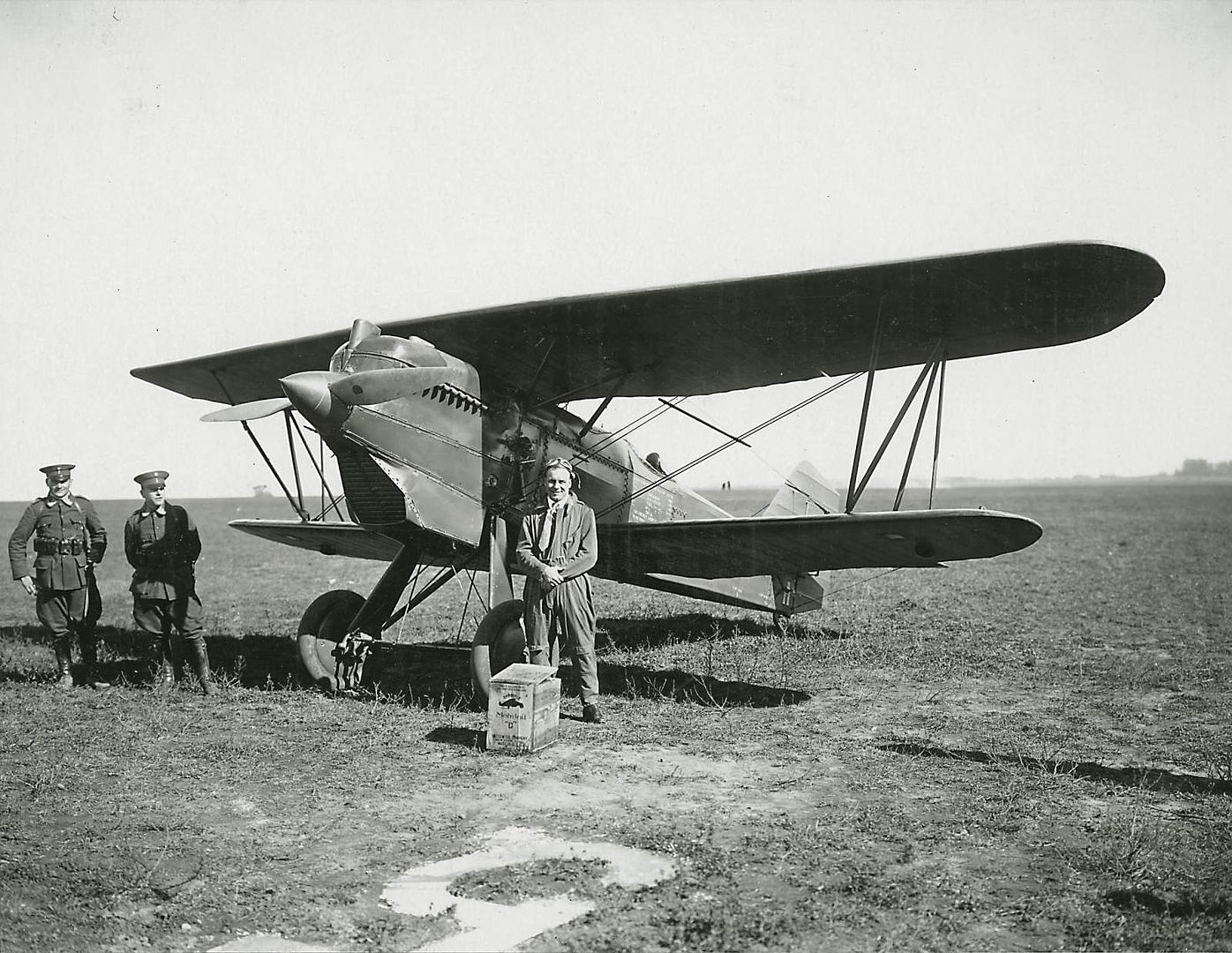

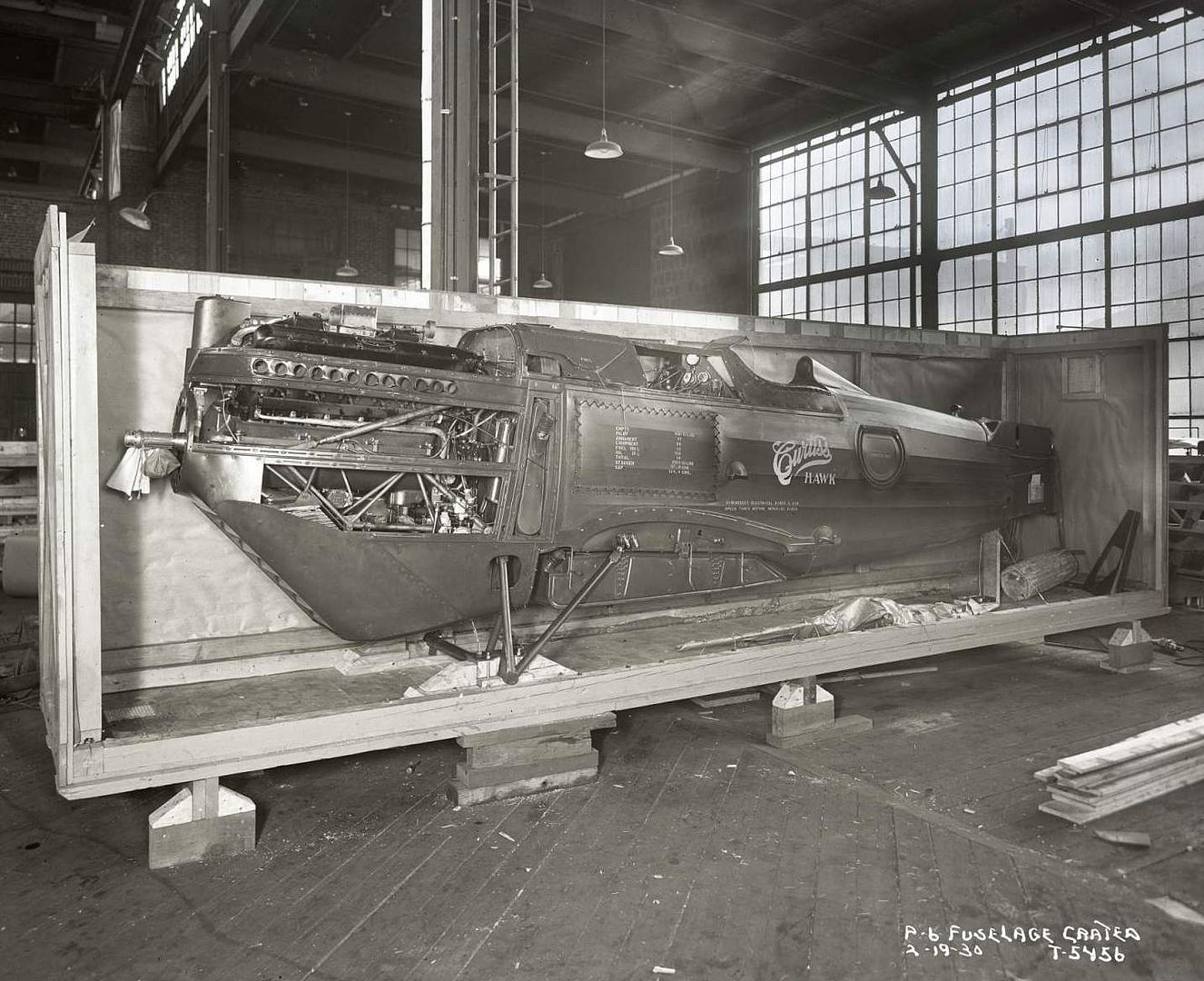

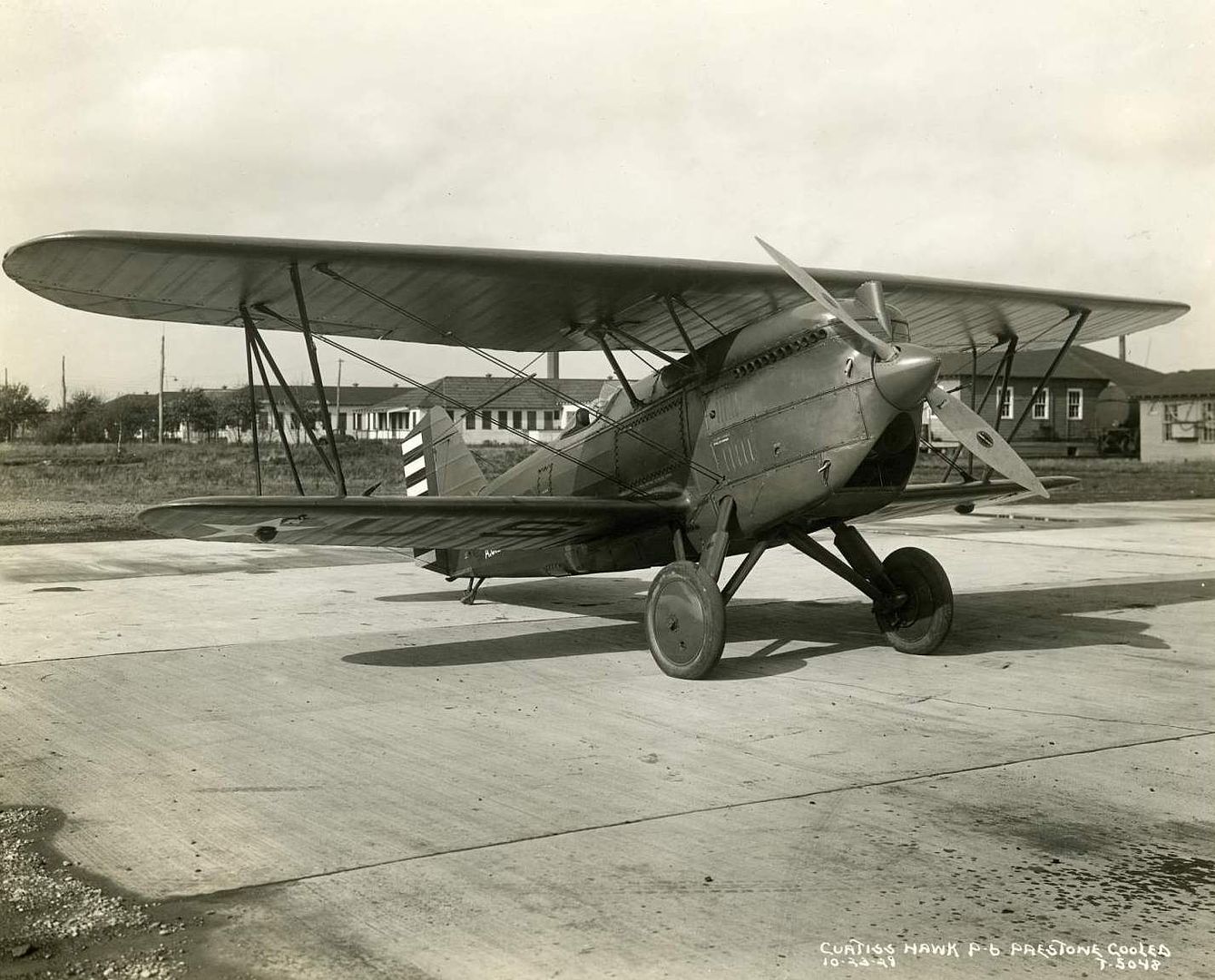

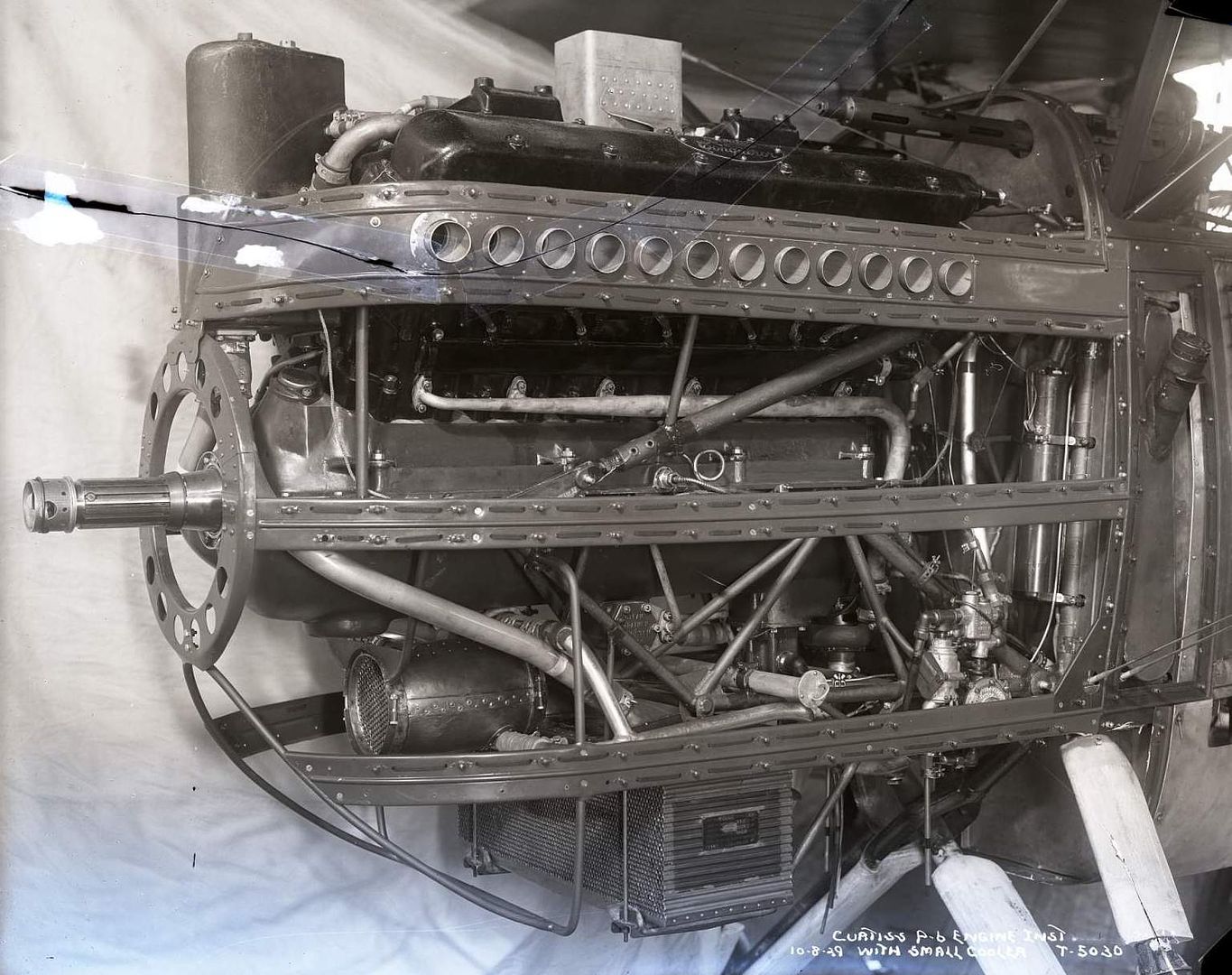
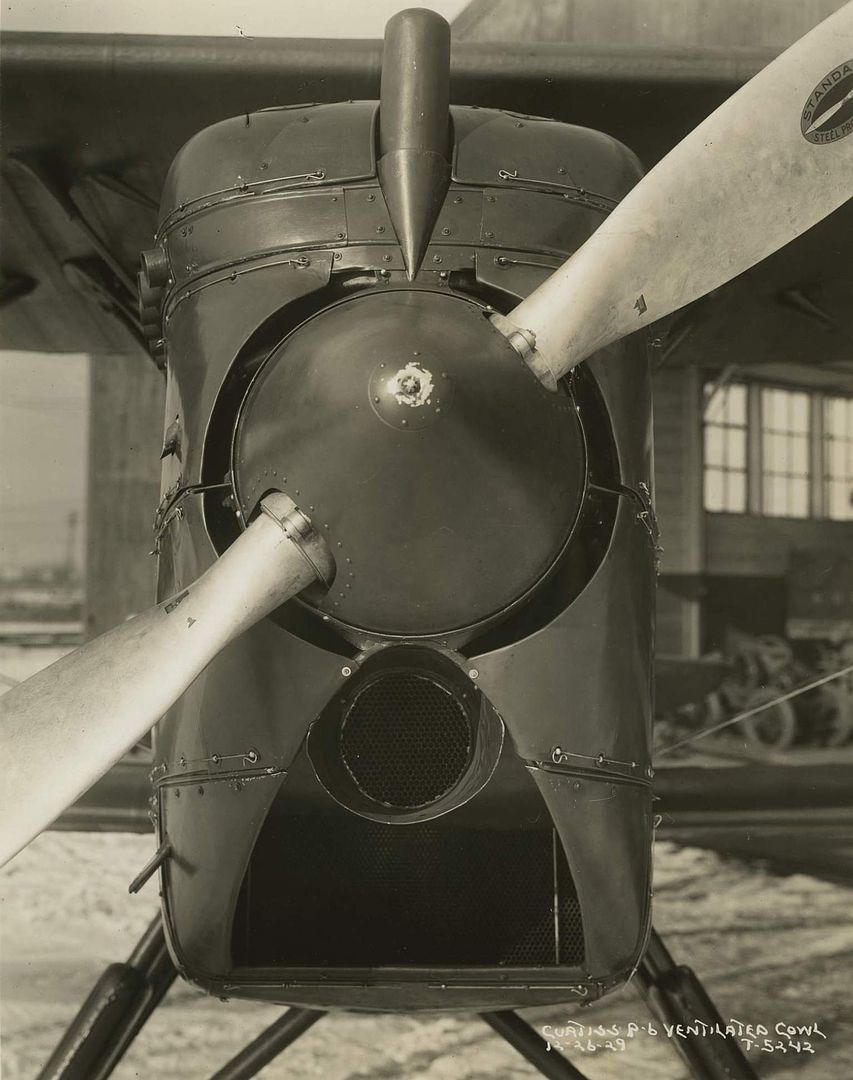
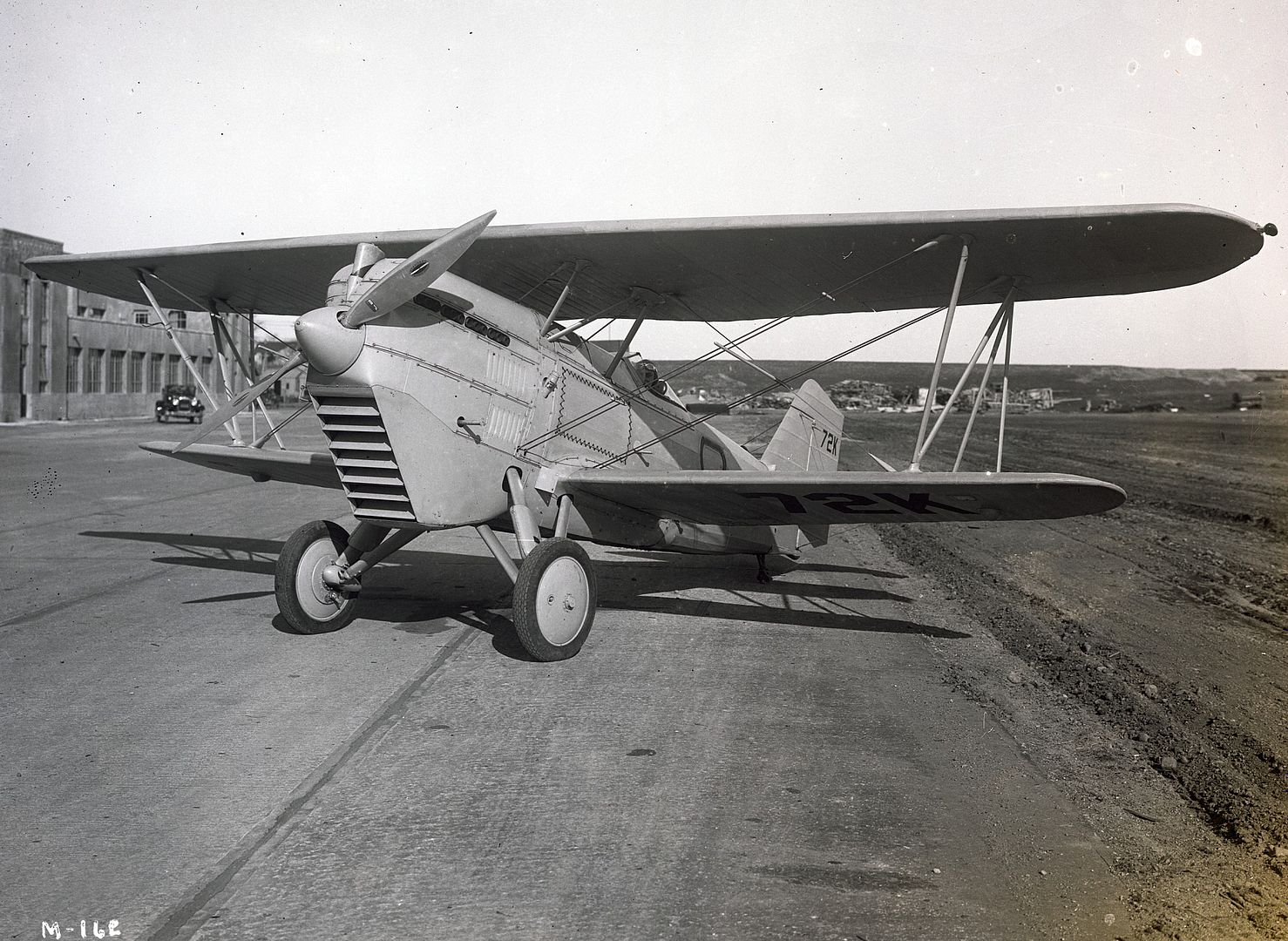
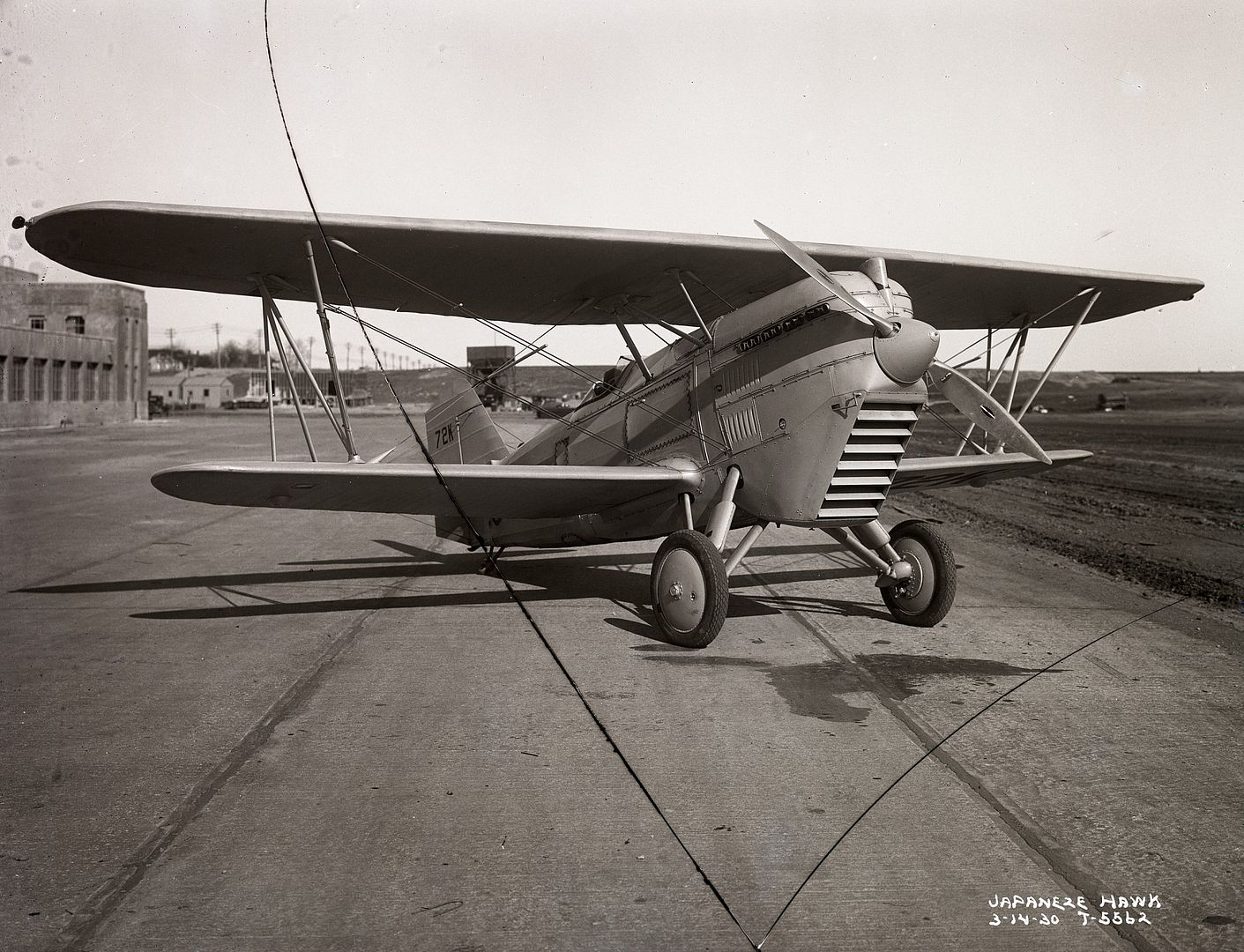
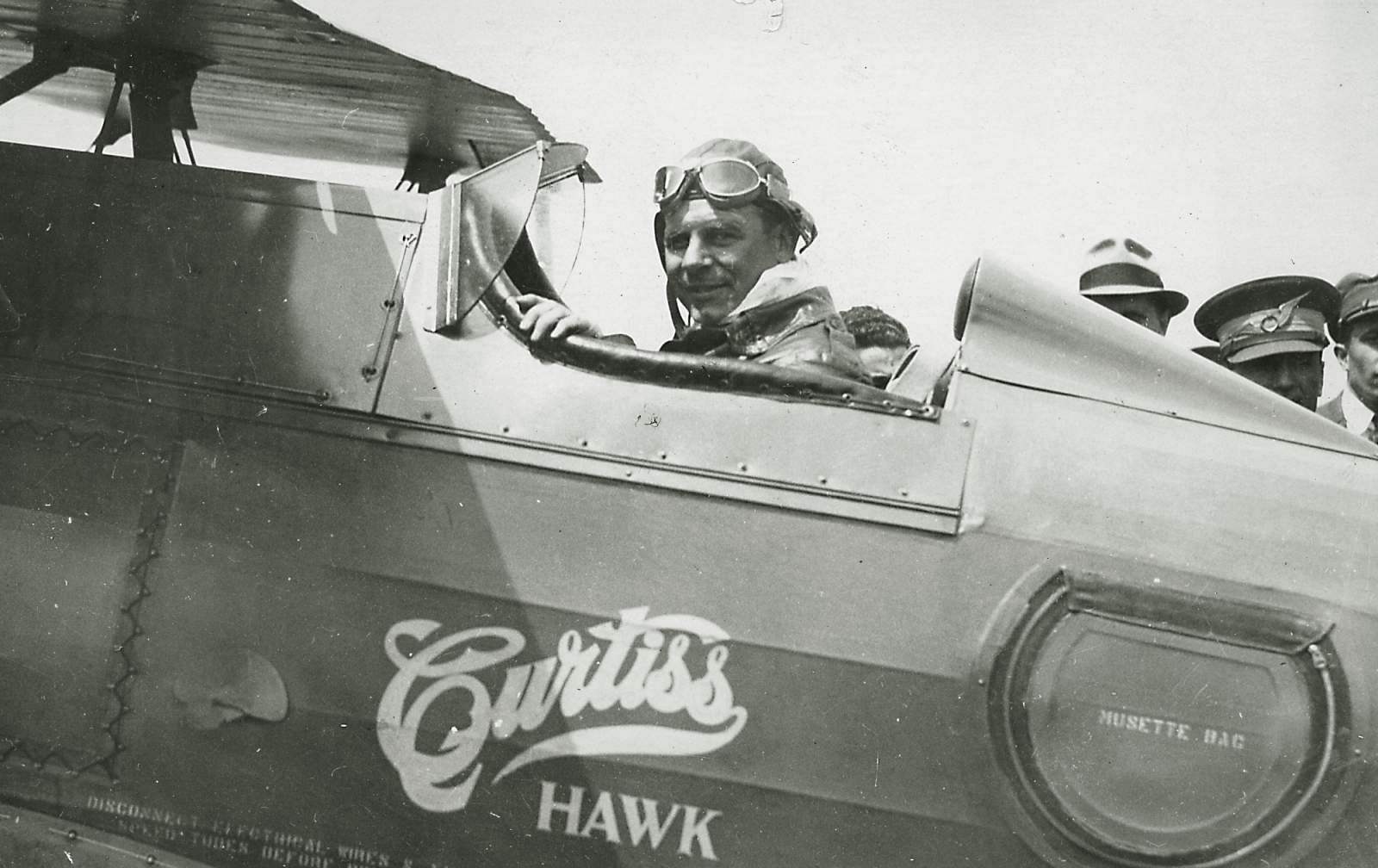
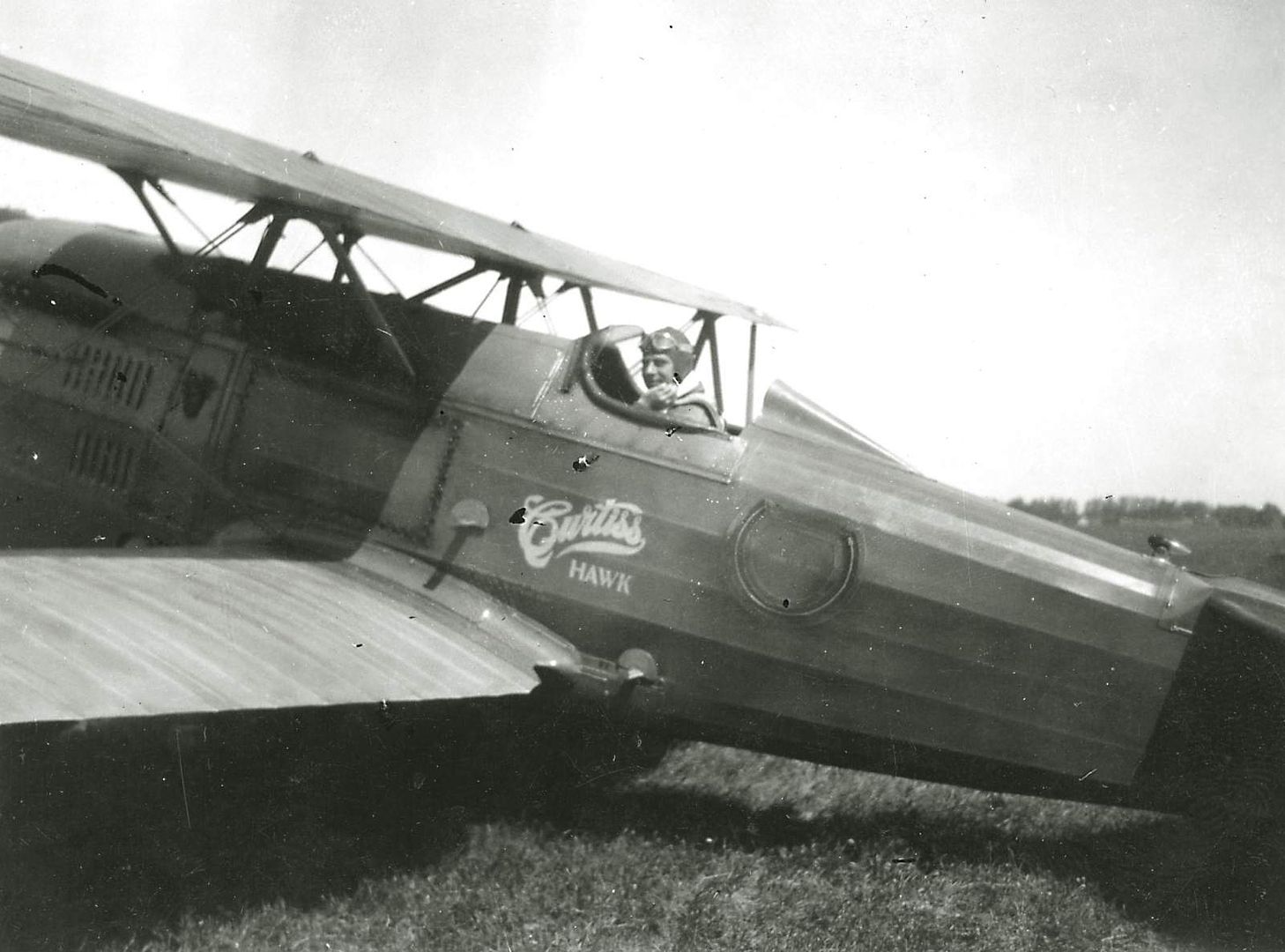

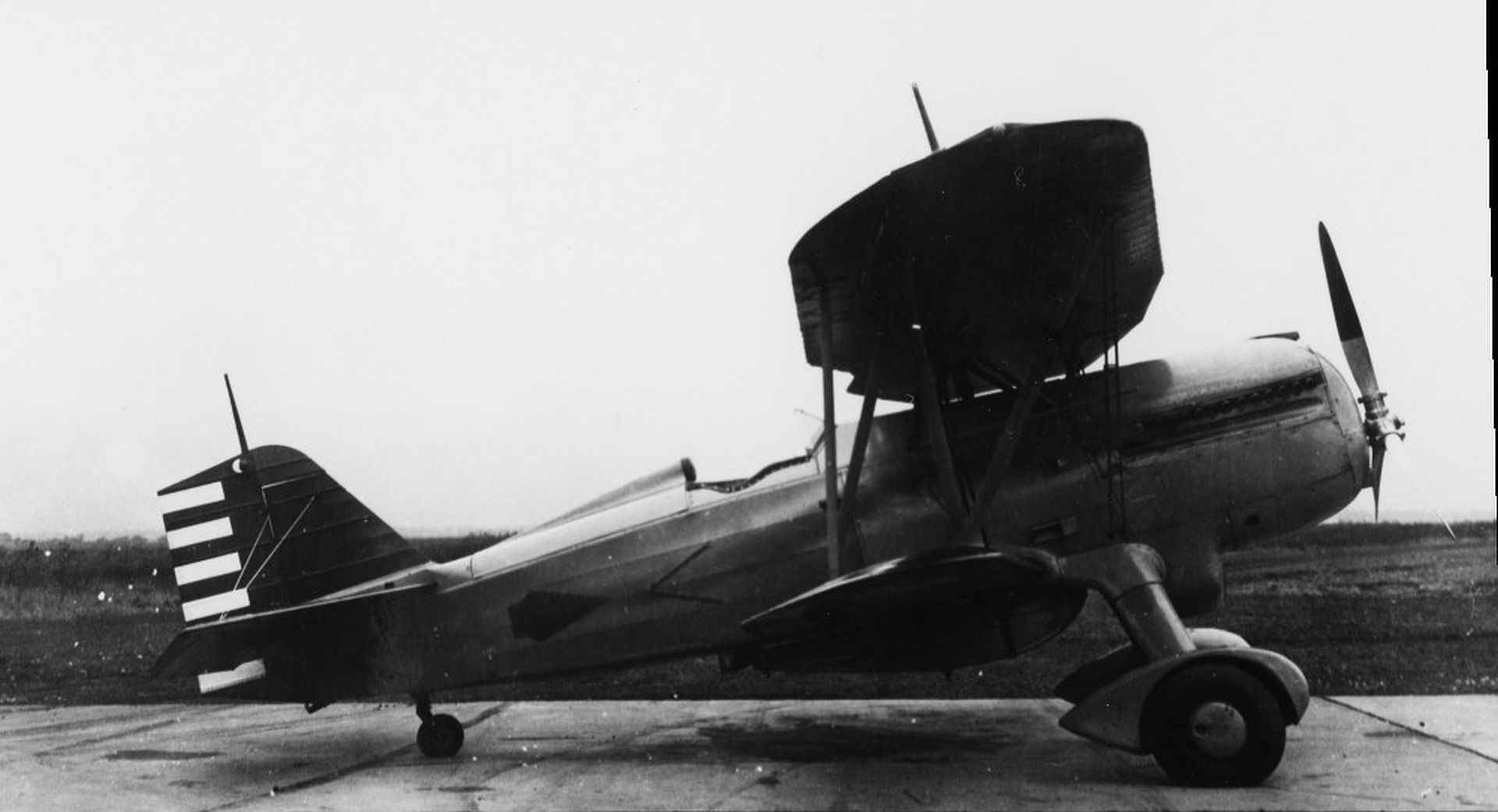
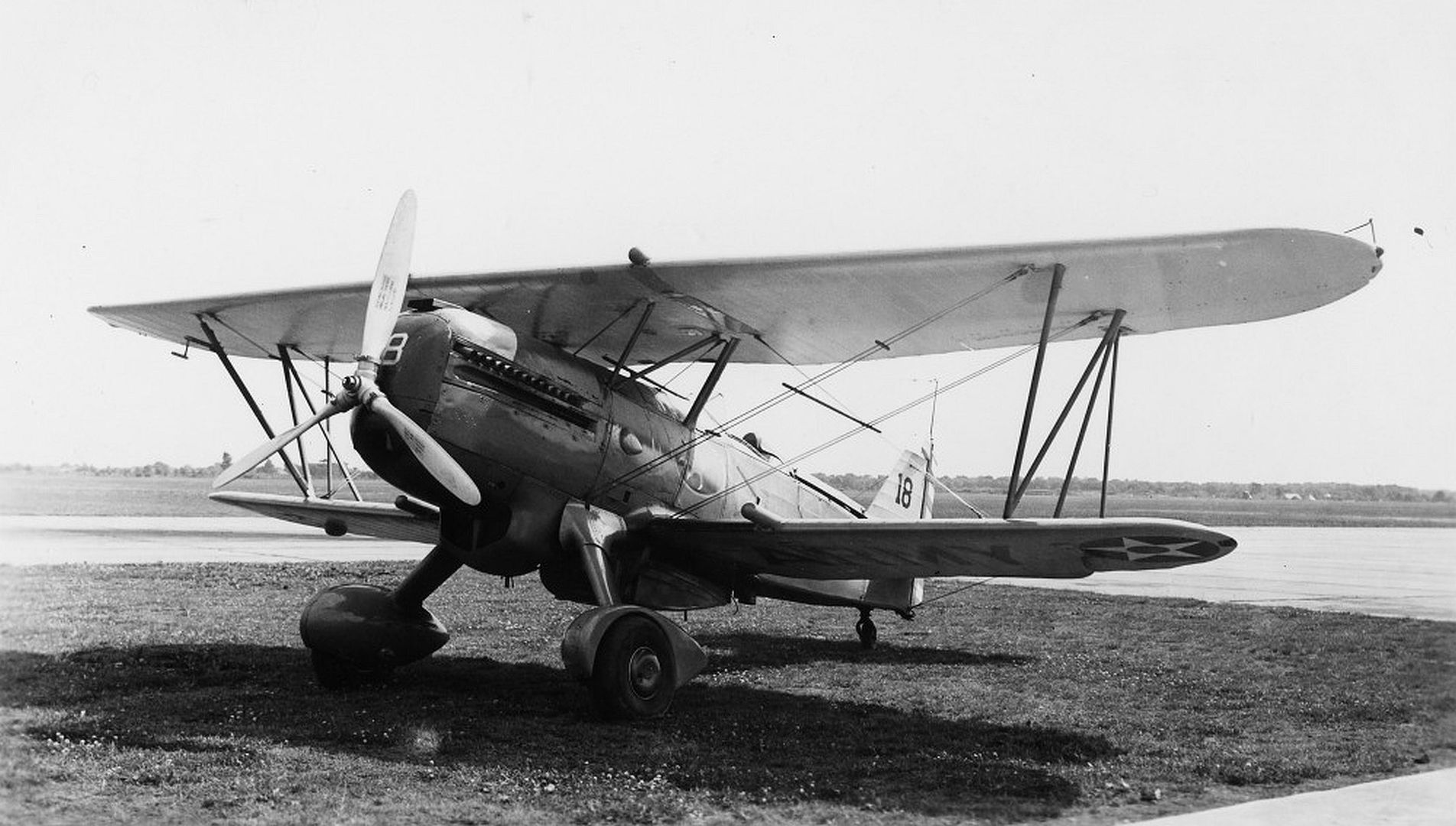
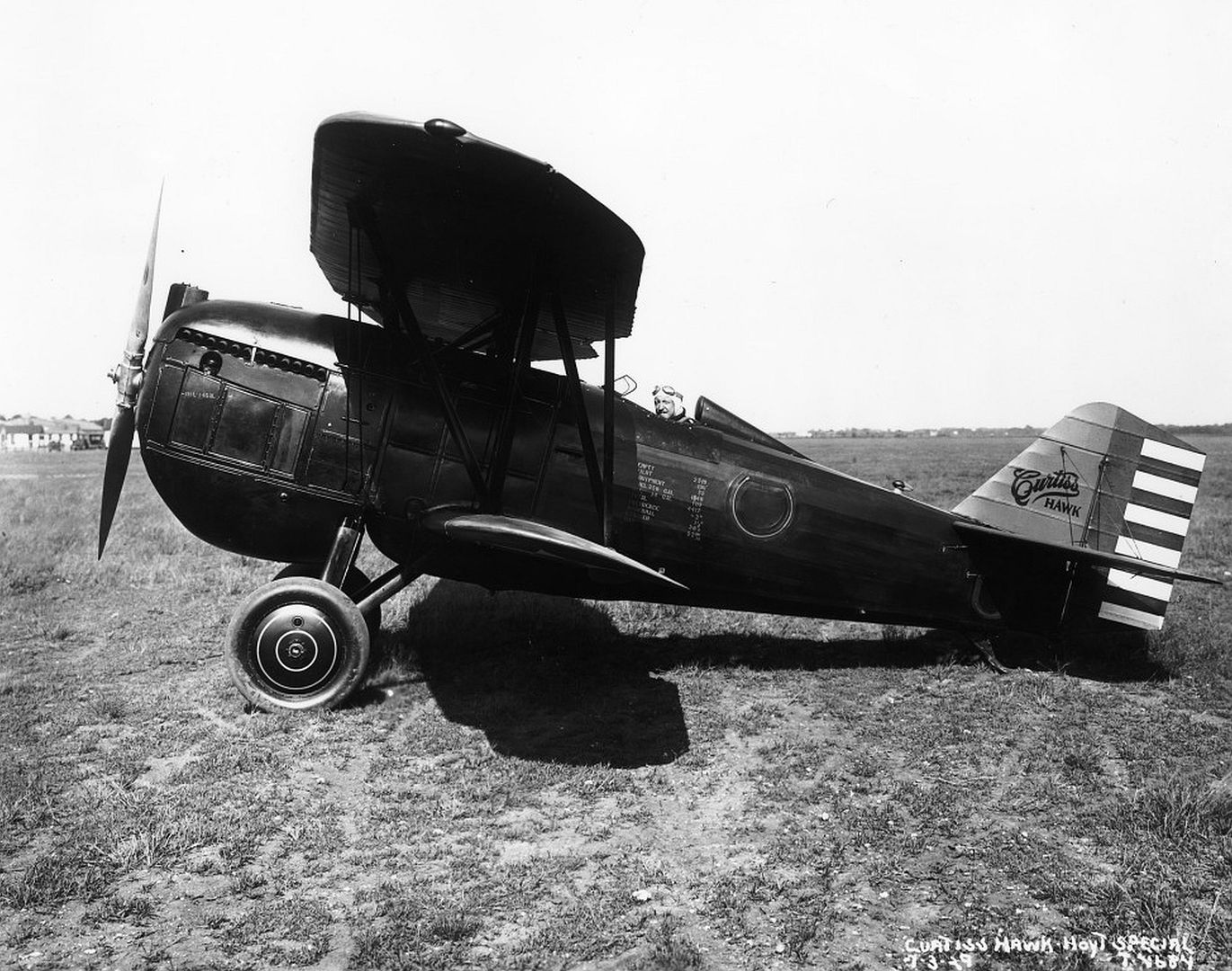

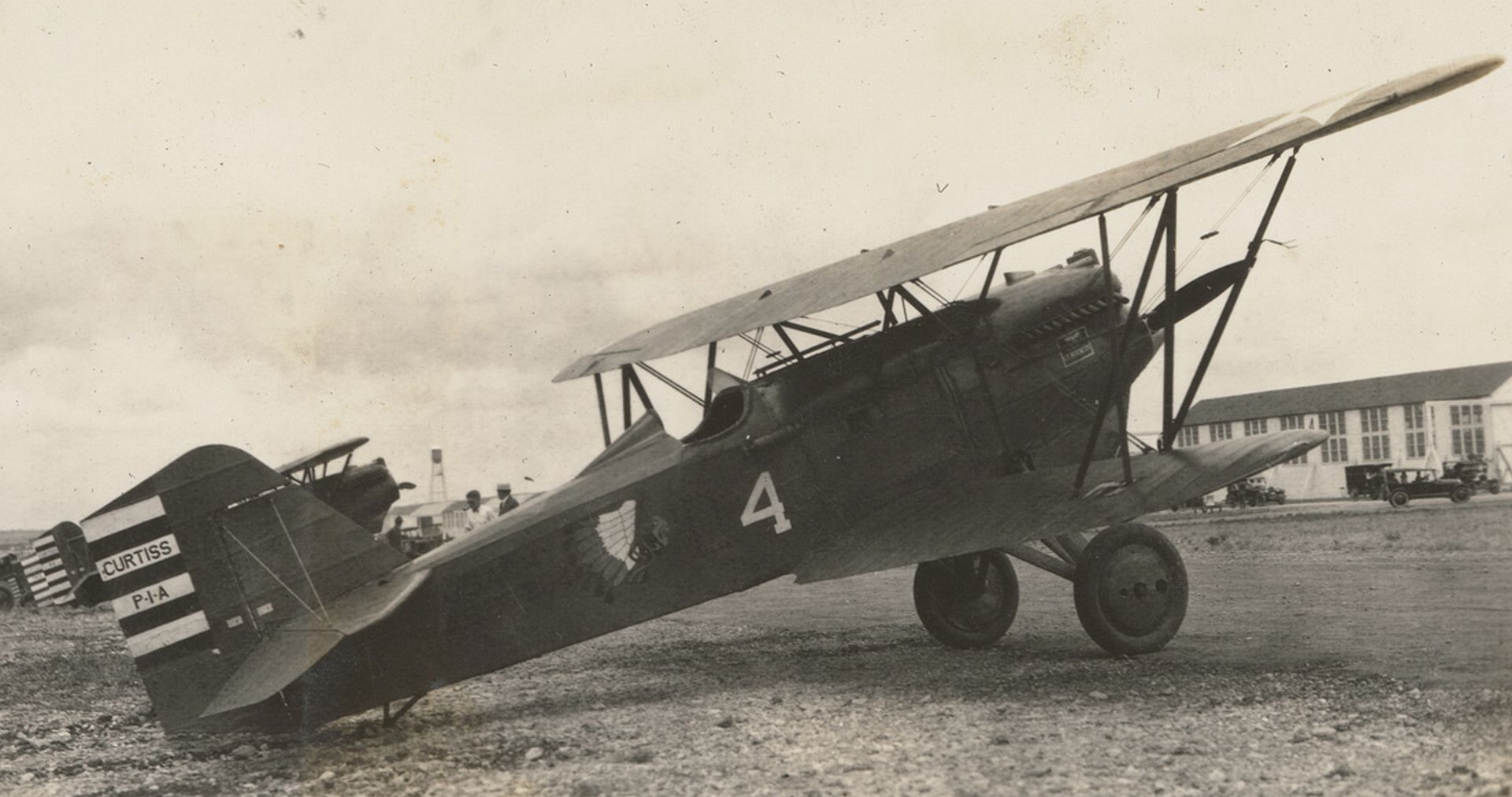
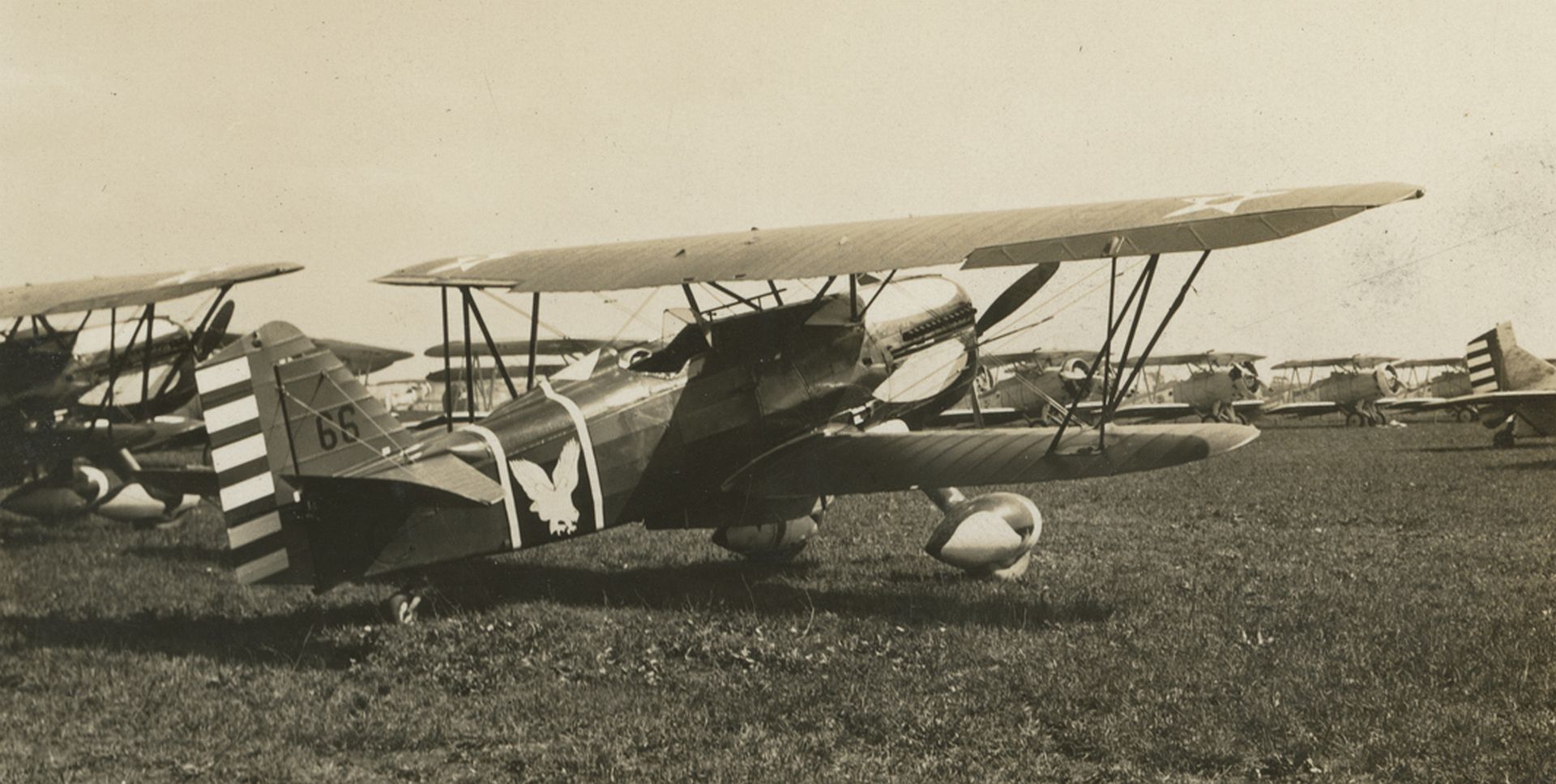
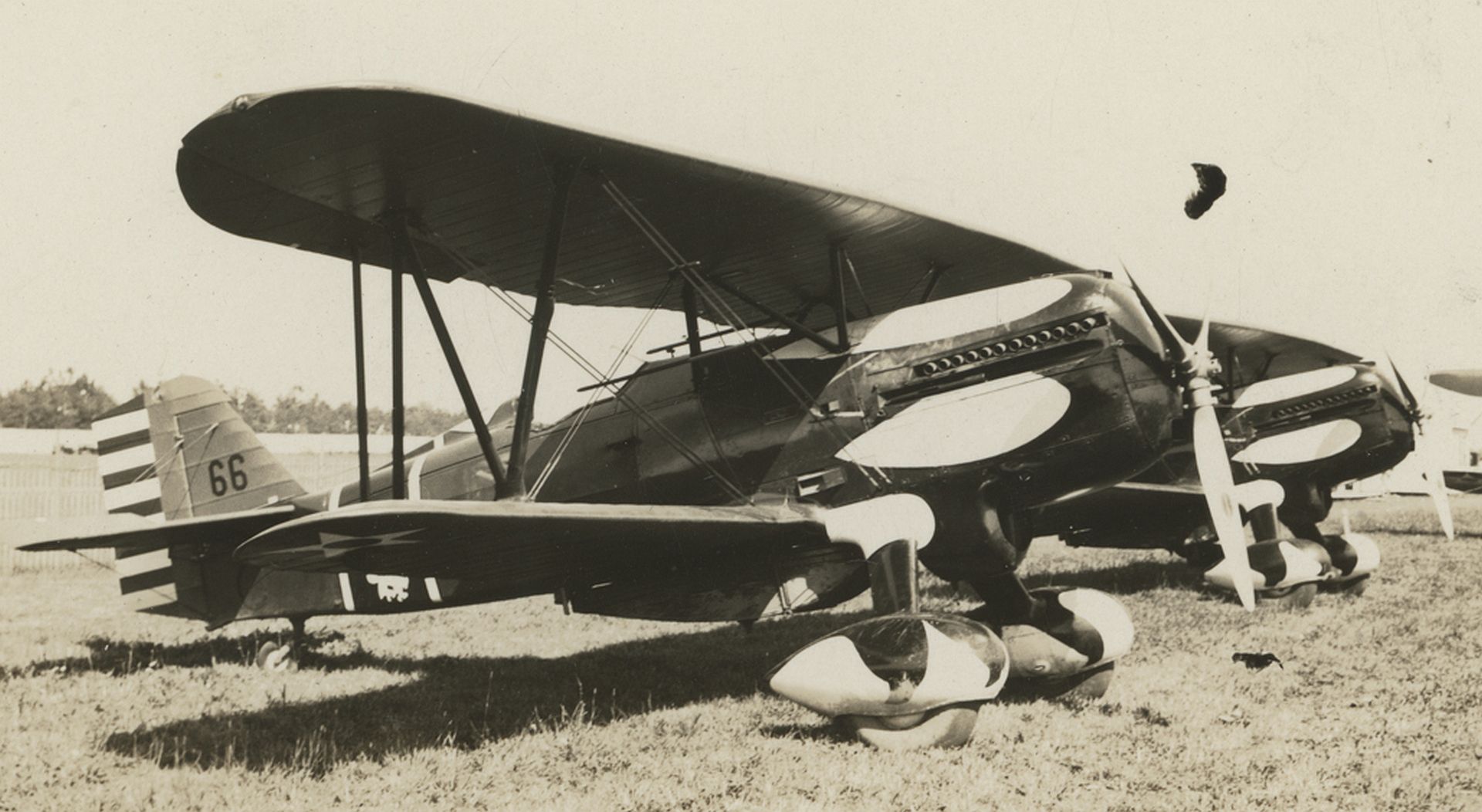

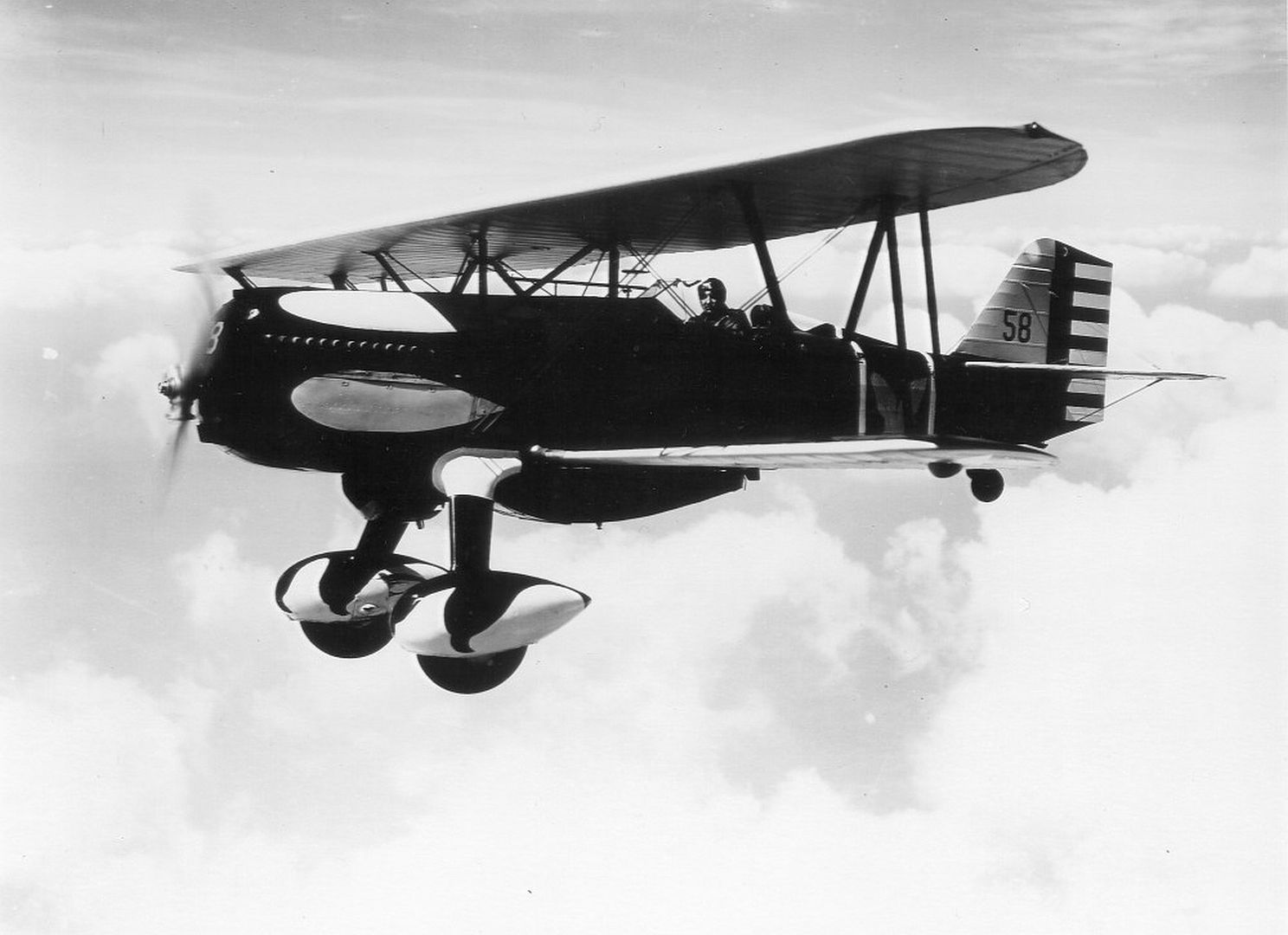
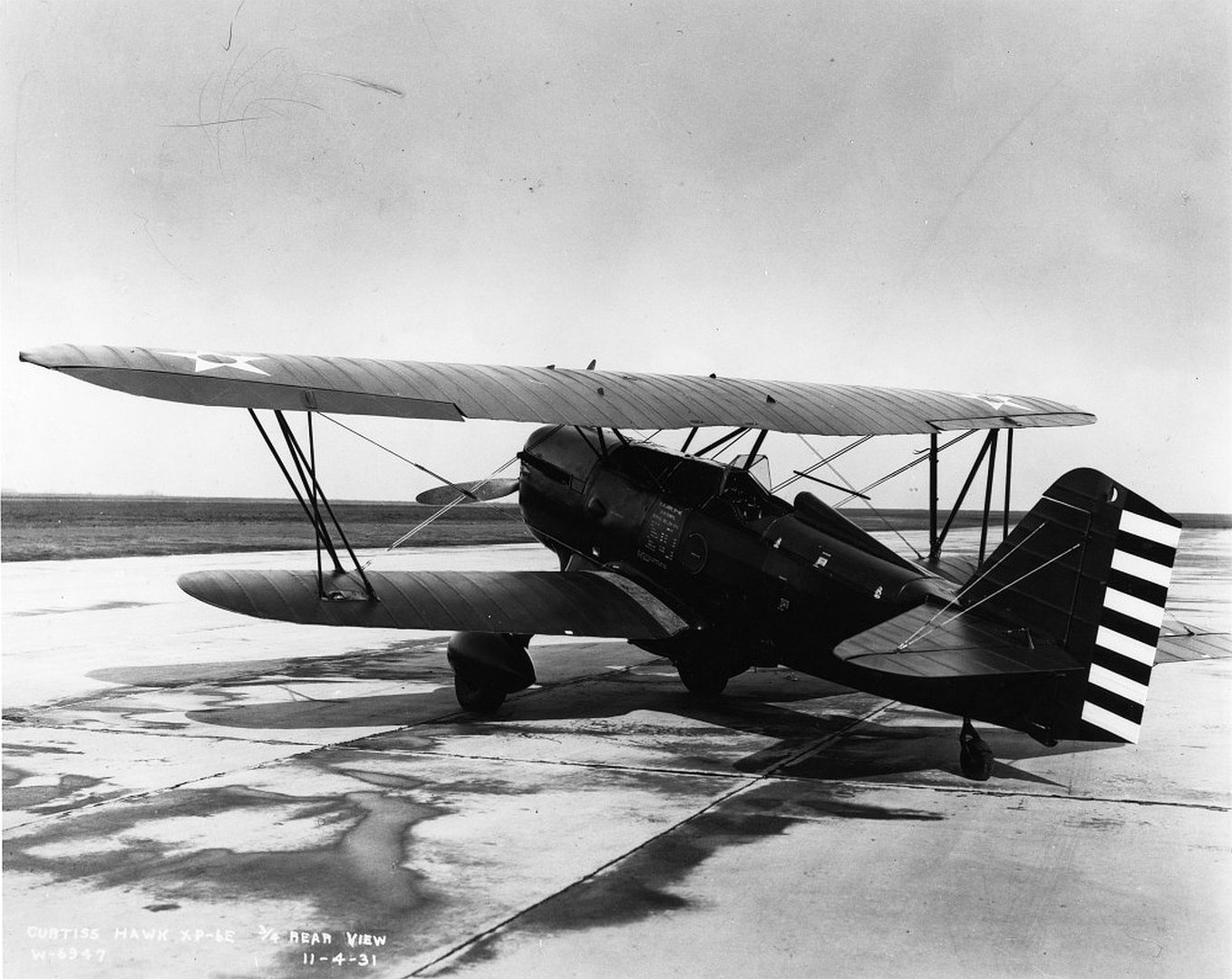
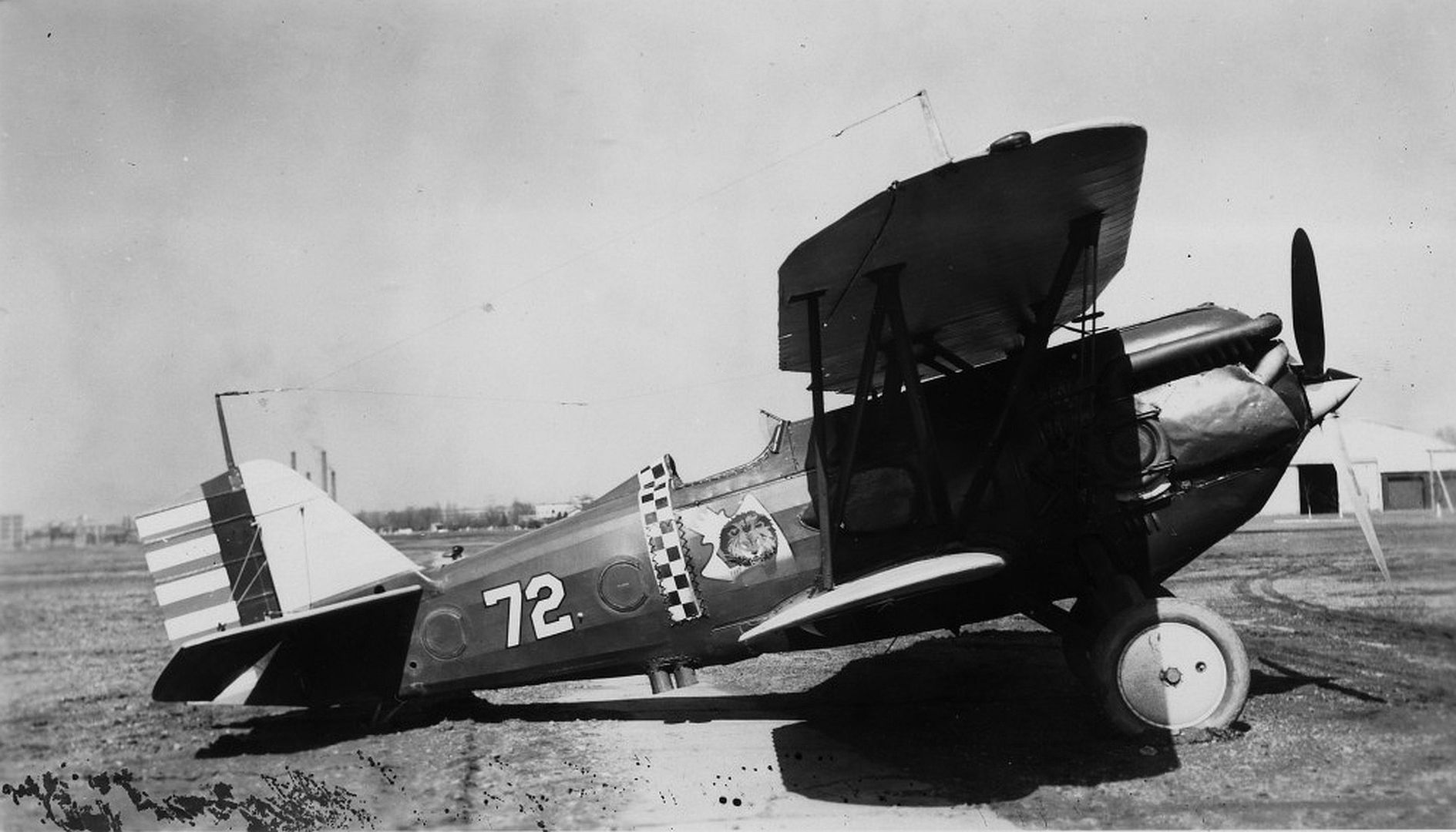
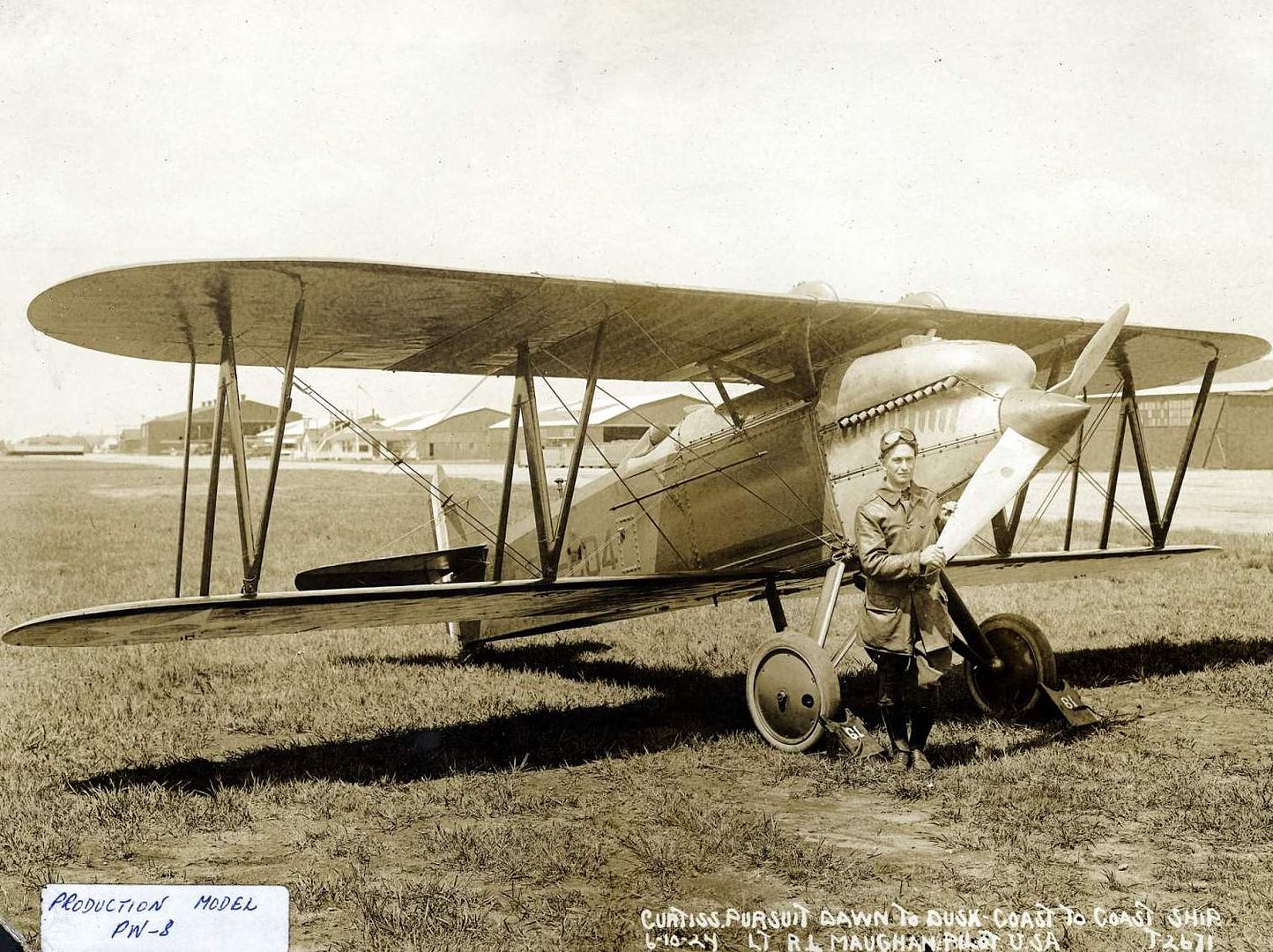
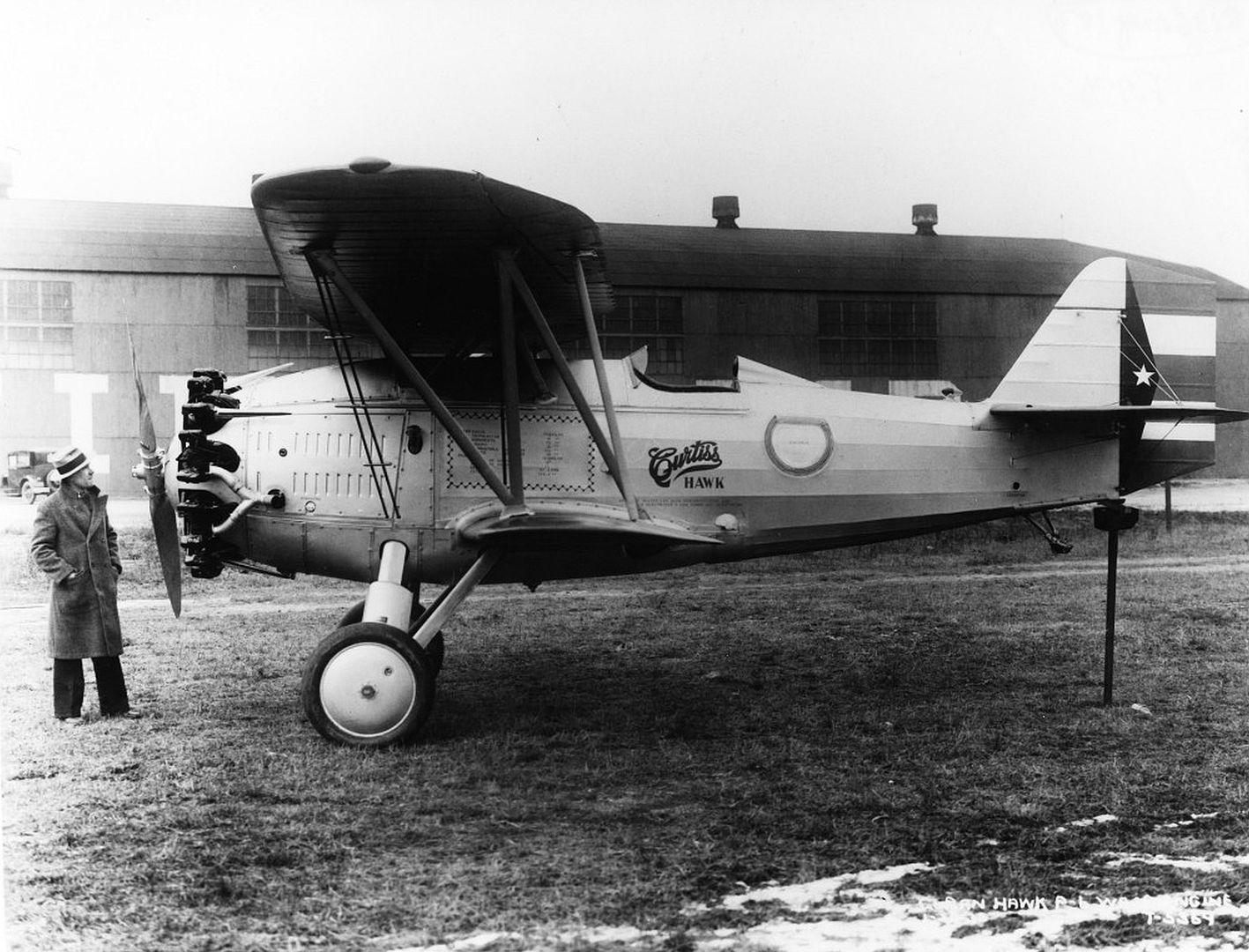
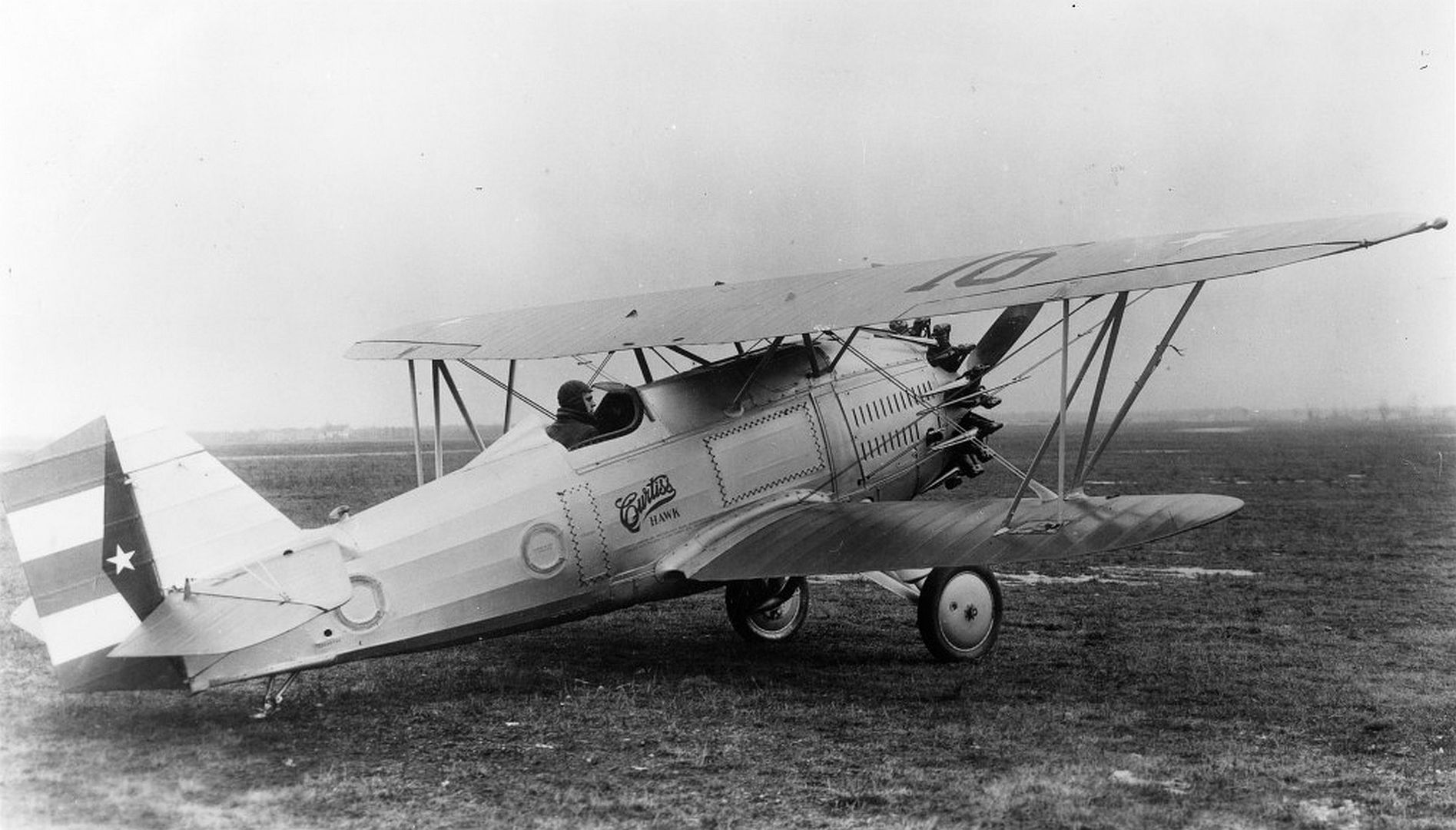
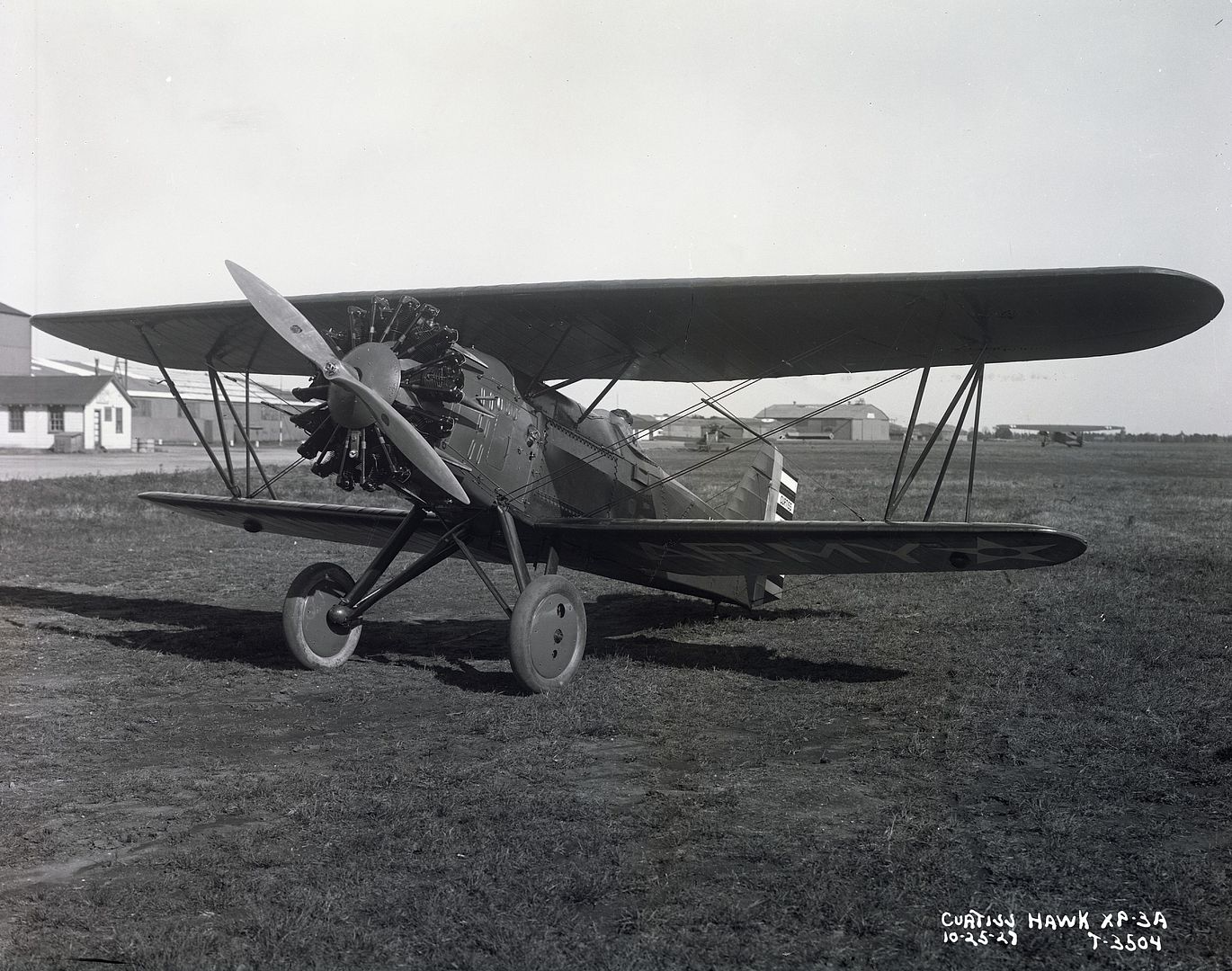
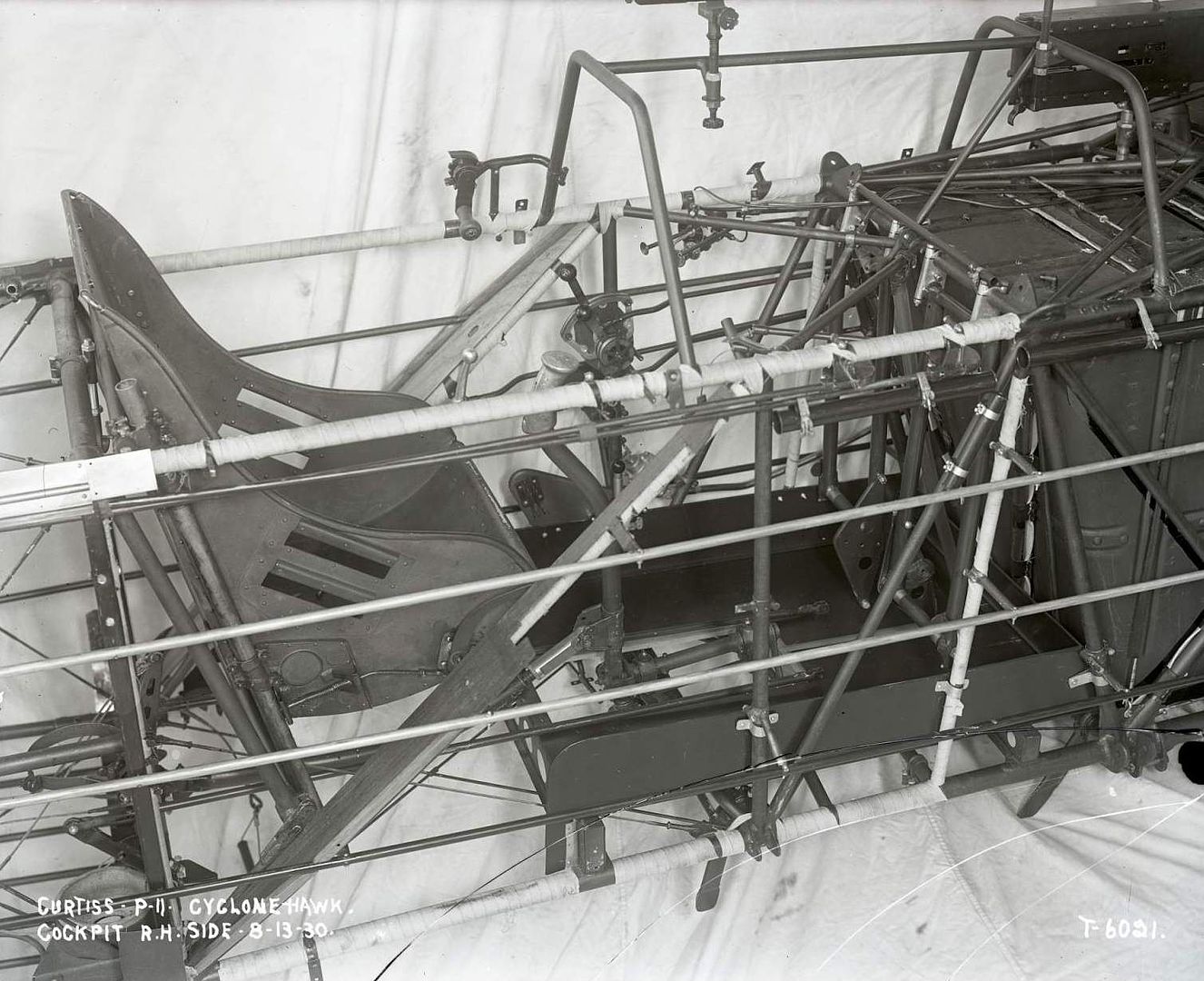
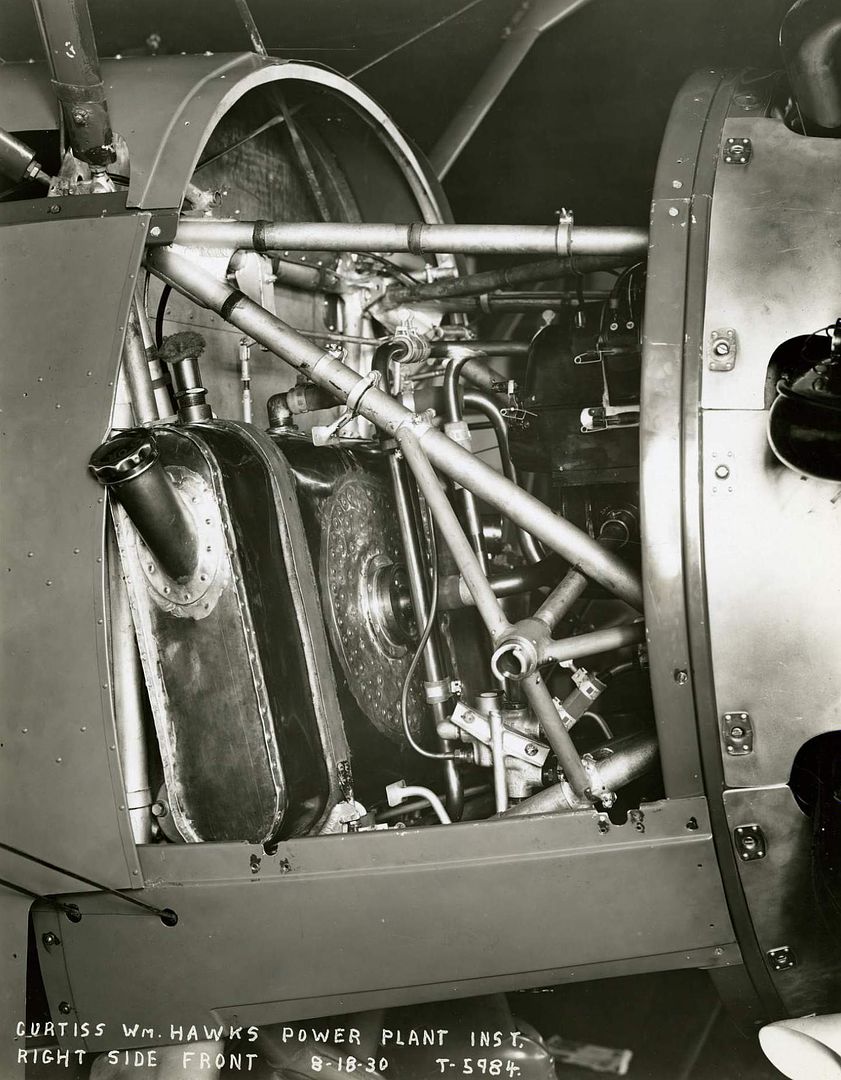



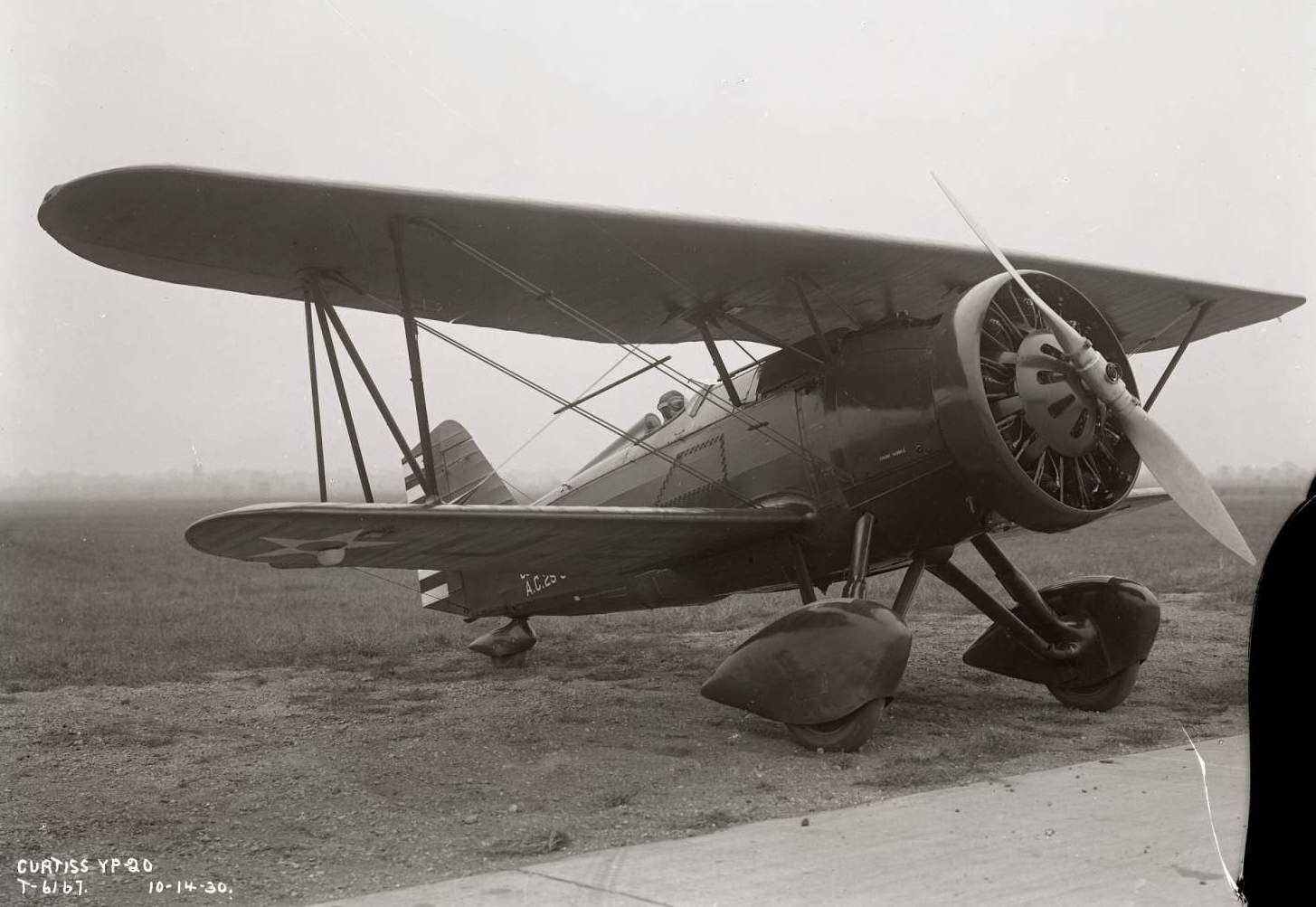
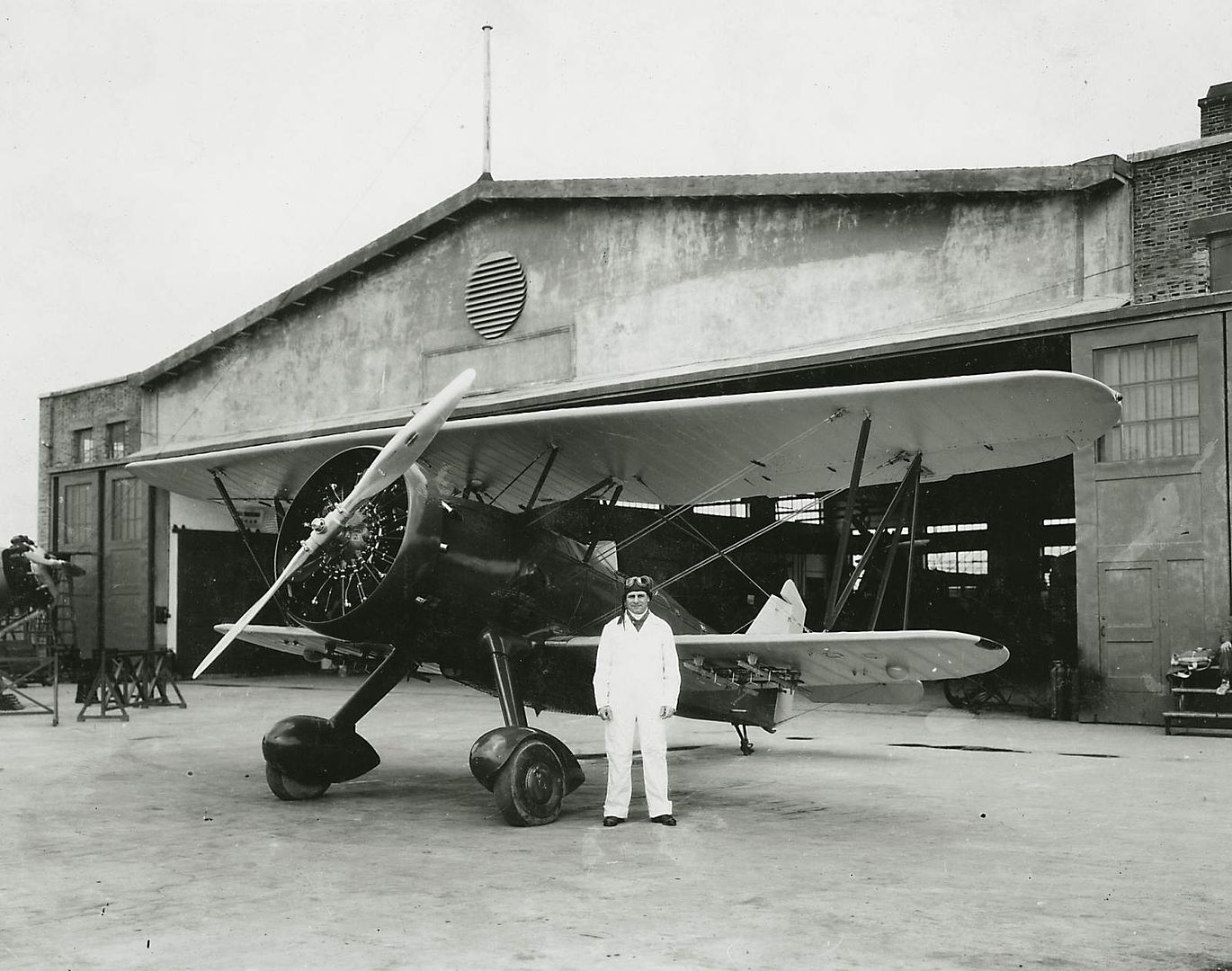
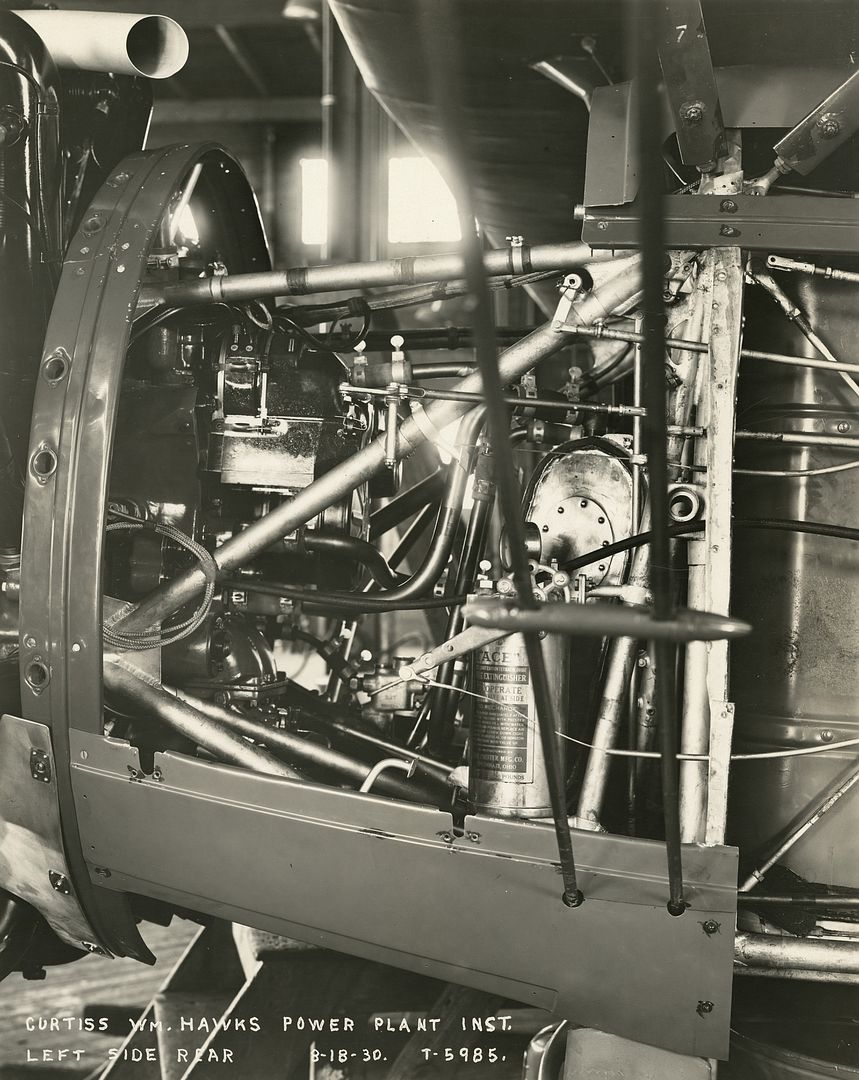
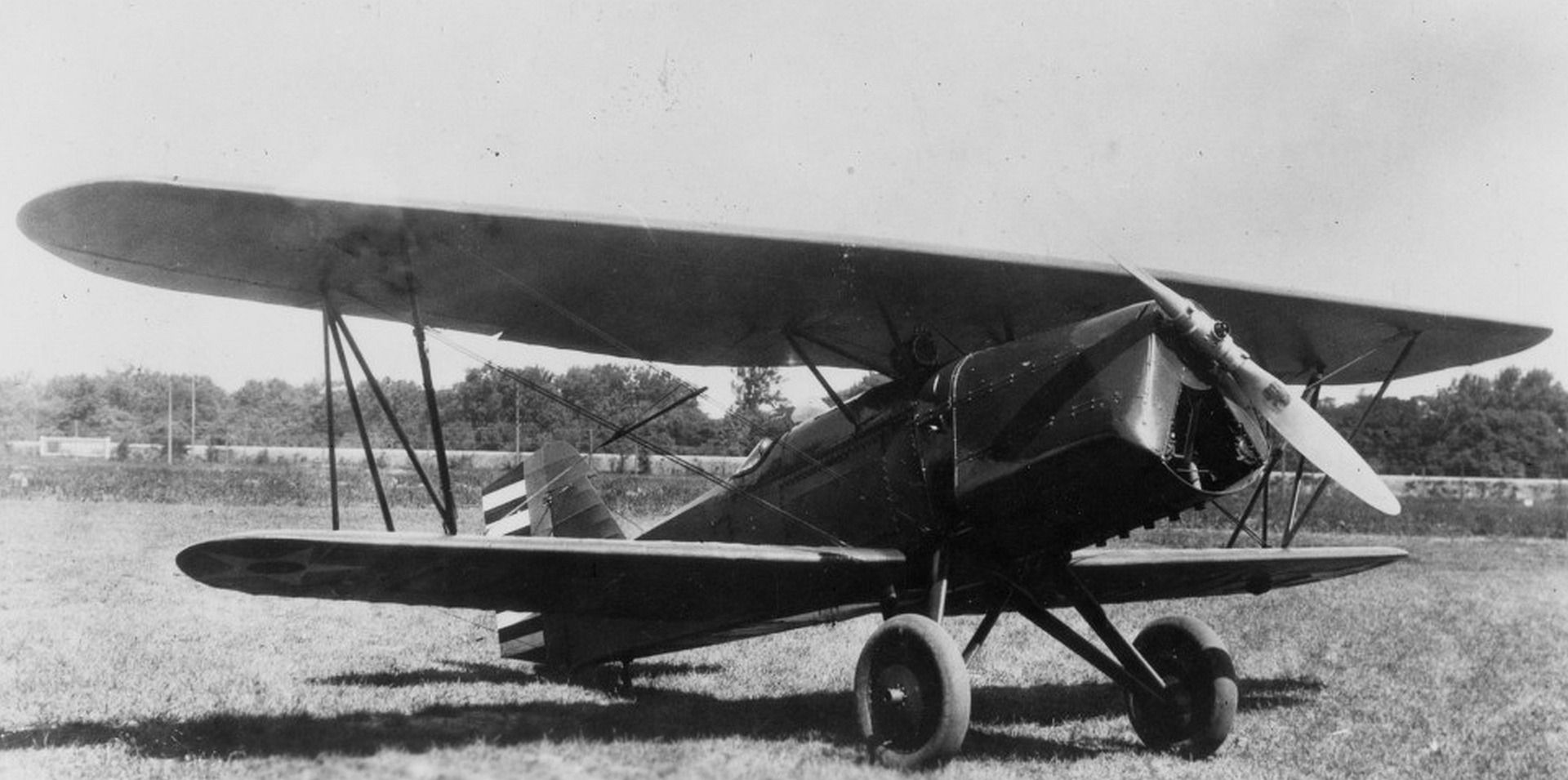
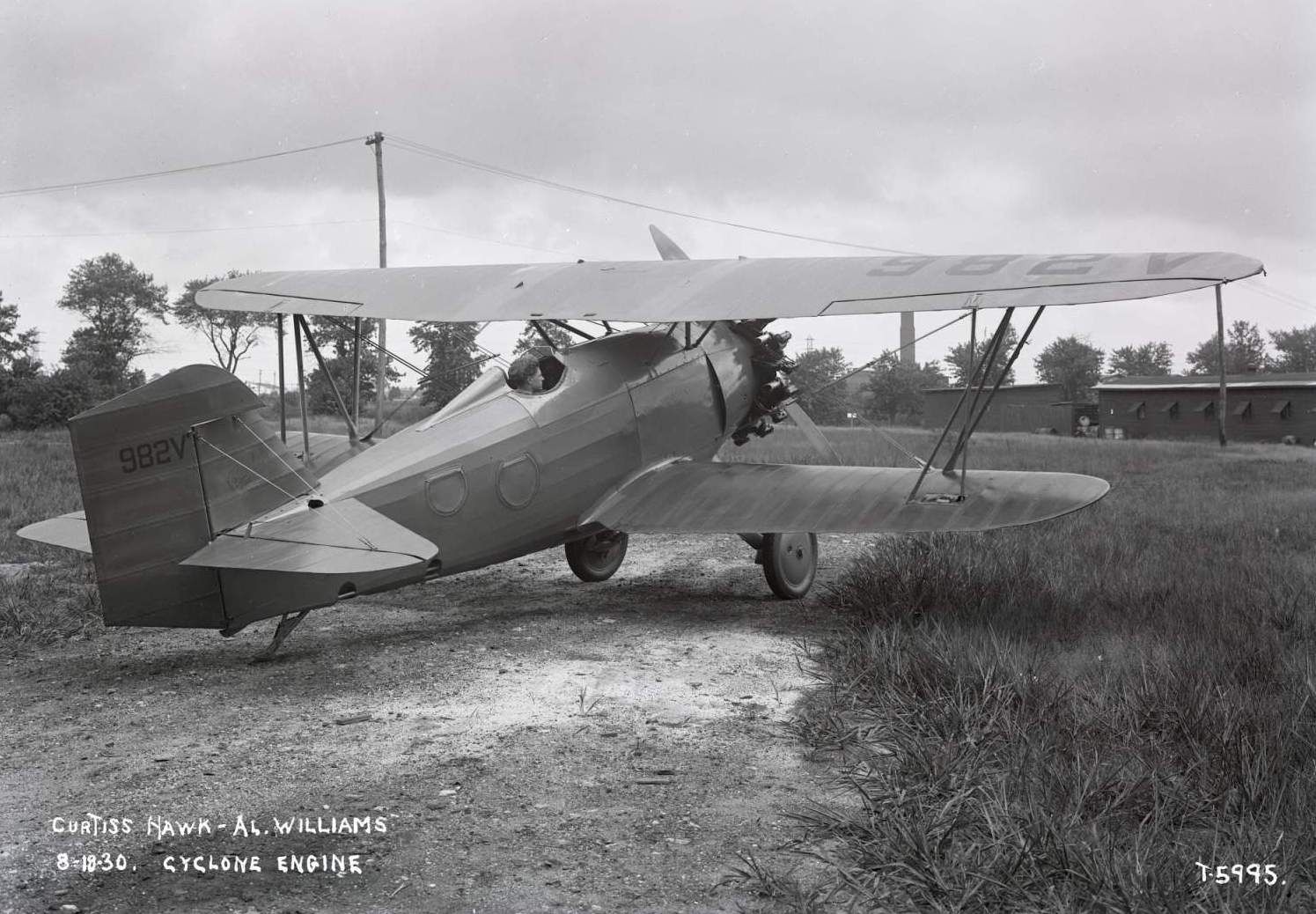
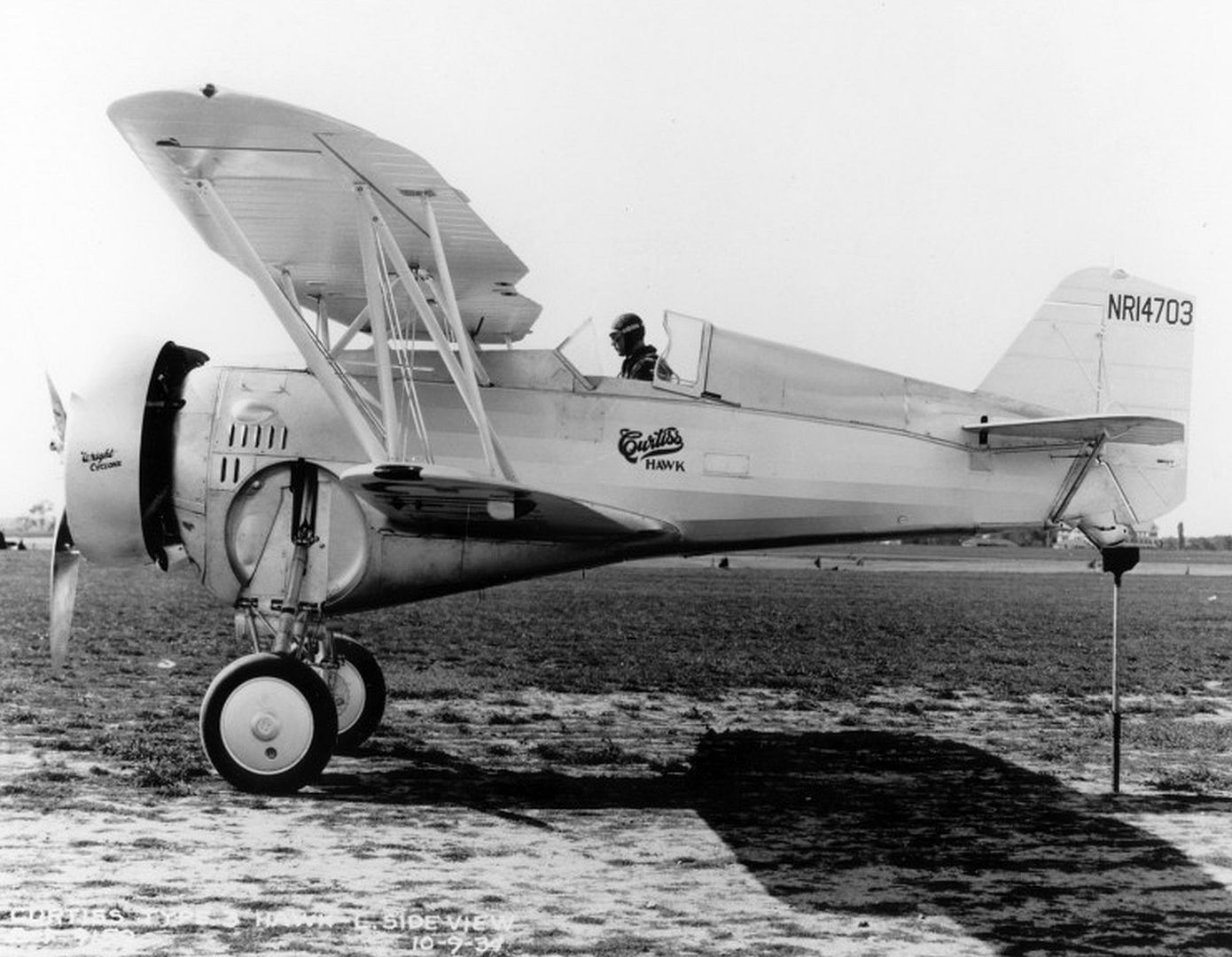
General characteristics (P-6E)
Crew: one
Length: 25 ft 2 in (7.67 m)
Wingspan: 31 ft 6 in (9.6 m)
Height: 8 ft 10 in (2.69 m)
Wing area: 252 ft? (23.41 m?)
Empty weight: 2,669 lb (1,224 kg)
Max. takeoff weight: 3,436 lb (1,559 kg)
Powerplant: 1 ? Curtiss V-1570C Conqueror liquid-cooled V12 engine, 700 hp (522 kW)
Performance
Maximum speed: 204 mph (177 kn, 328 km/h)
Cruise speed: 167 mph (145 kn, 269 km/h)
Range: 285 mi (248 nmi, 459 km)
Service ceiling: 24,700 ft (7,529 m)
Rate of climb: 2,480 ft/min (12.6 m/s)
Armament
2 ? .30 in (7.62 mm) machine guns
Text by Joe Baugher.
-
6 years agoSun Jul 28 2019, 11:10am
 Main AdminOriginally designed for land-based use, the Model 34C was virtually identical to the P-1 Hawk in United States Army Air Corps service. The United States Navy ordered nine, but as the sixth example was built it was strengthened for carrier-borne operations and redesignated as the Model 34D. Flown from the carriers Langley and Lexington from 1927?30, most of the later variants passed to Marine fighter-bomber units, while a few were flown for a time as twin-float seaplanes.
Main AdminOriginally designed for land-based use, the Model 34C was virtually identical to the P-1 Hawk in United States Army Air Corps service. The United States Navy ordered nine, but as the sixth example was built it was strengthened for carrier-borne operations and redesignated as the Model 34D. Flown from the carriers Langley and Lexington from 1927?30, most of the later variants passed to Marine fighter-bomber units, while a few were flown for a time as twin-float seaplanes.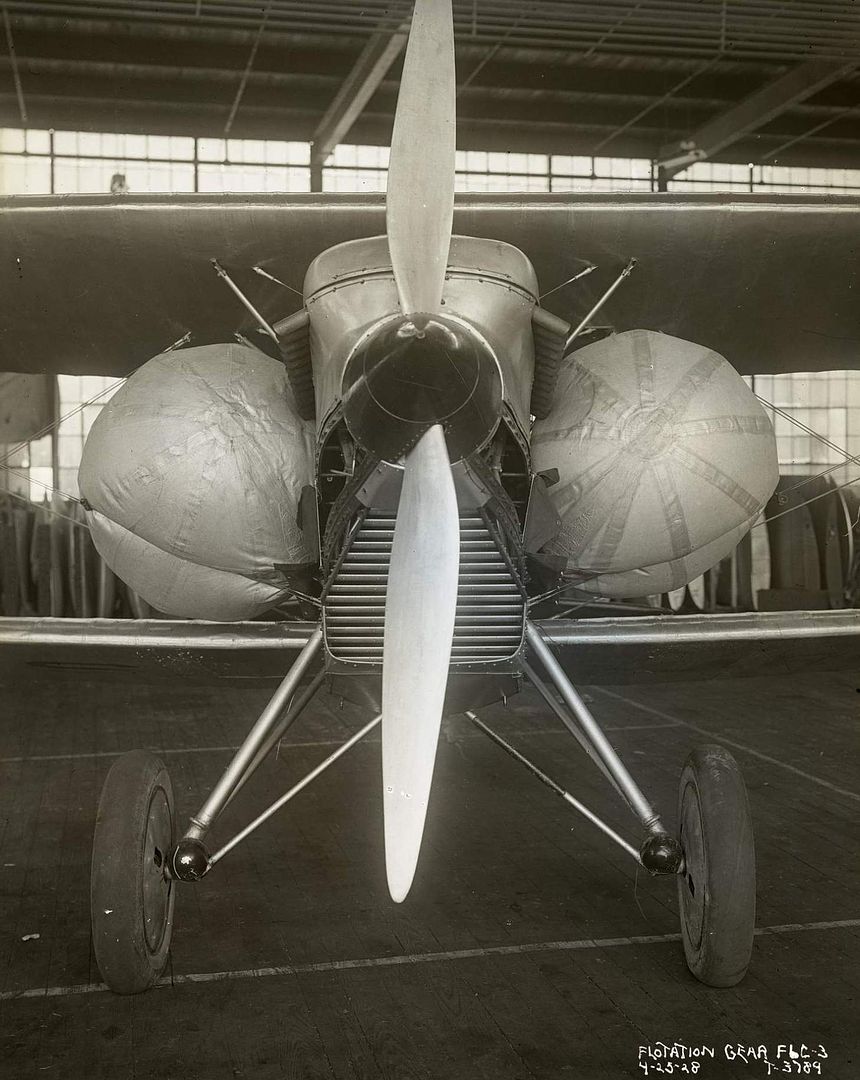

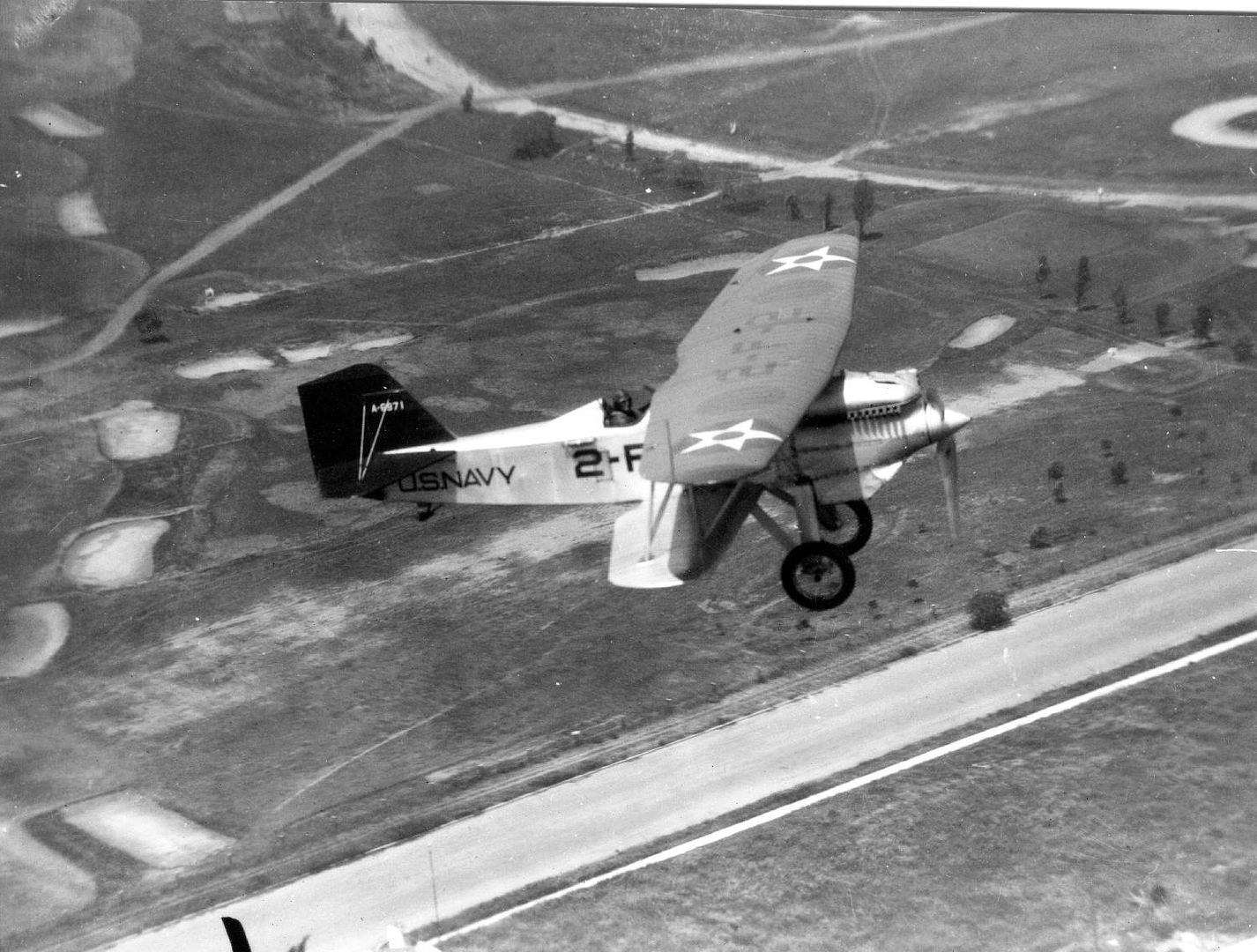
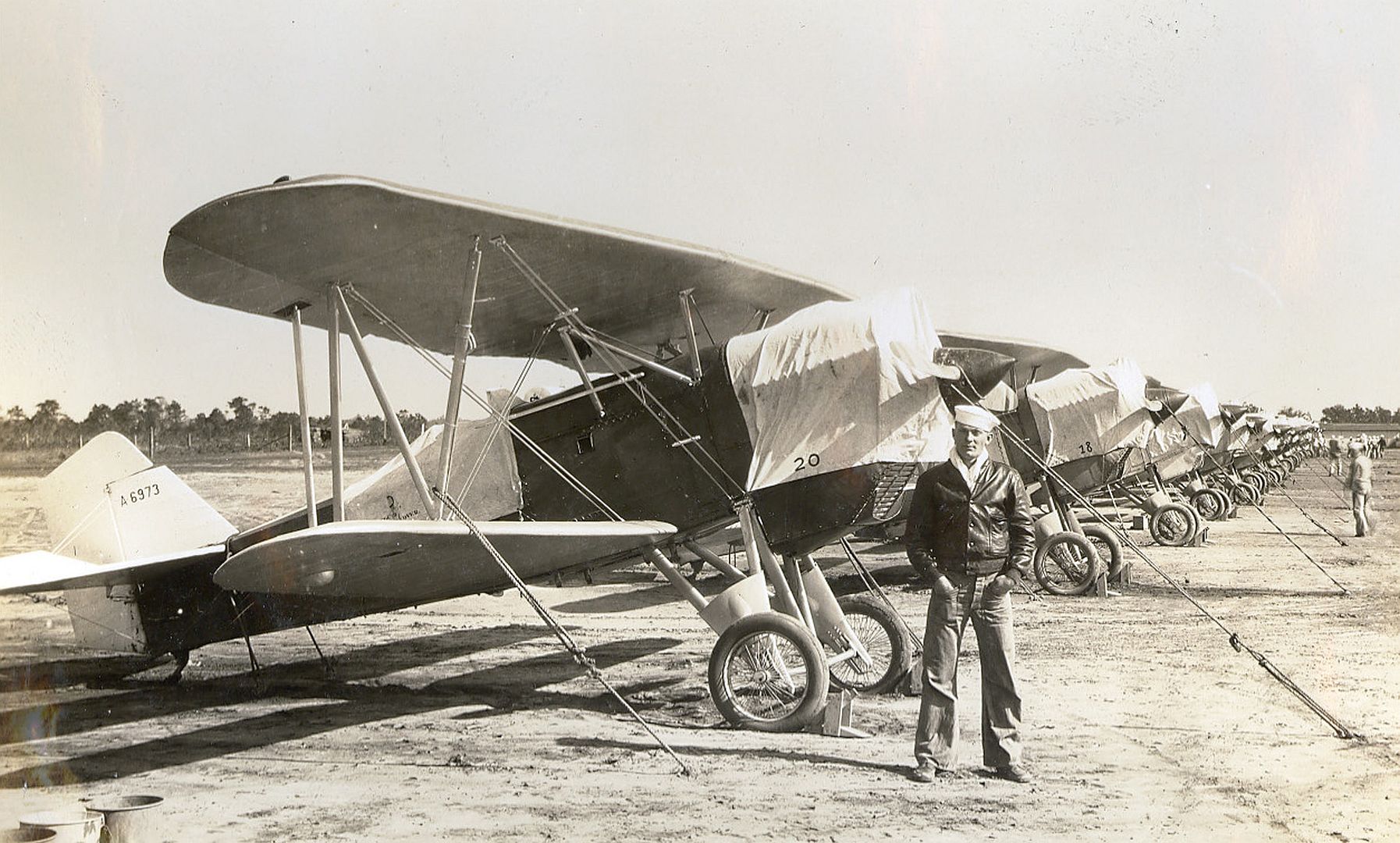
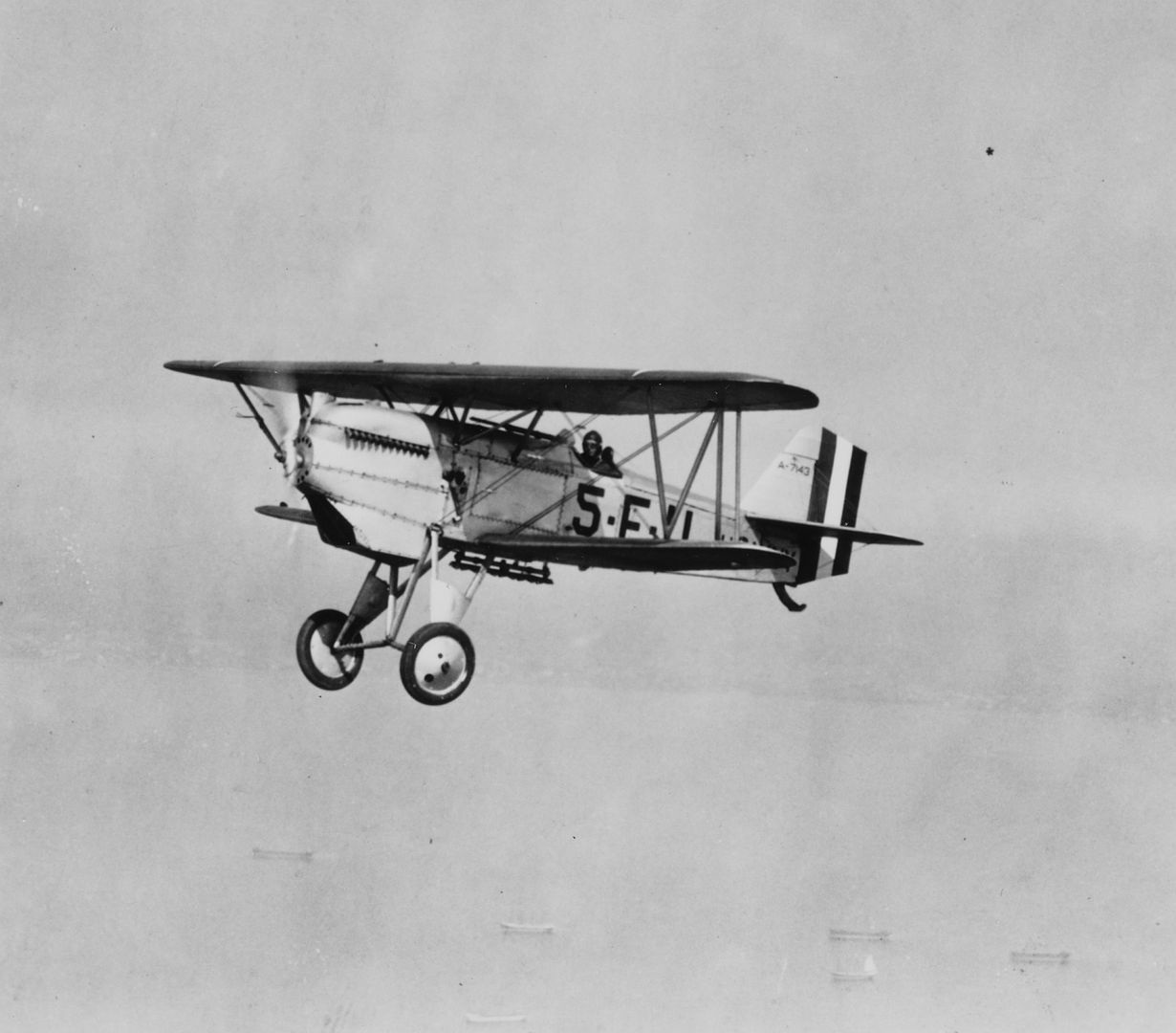
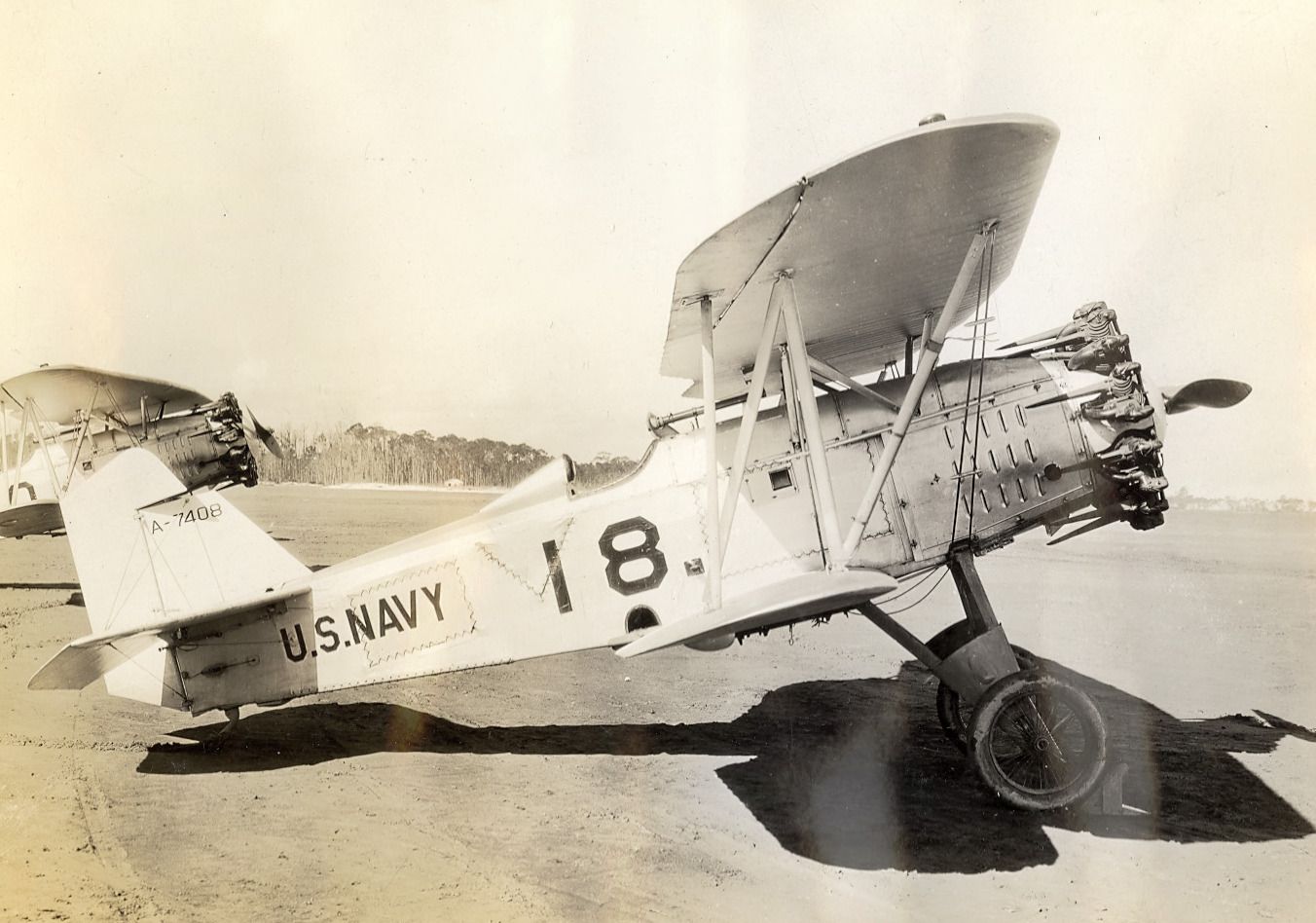
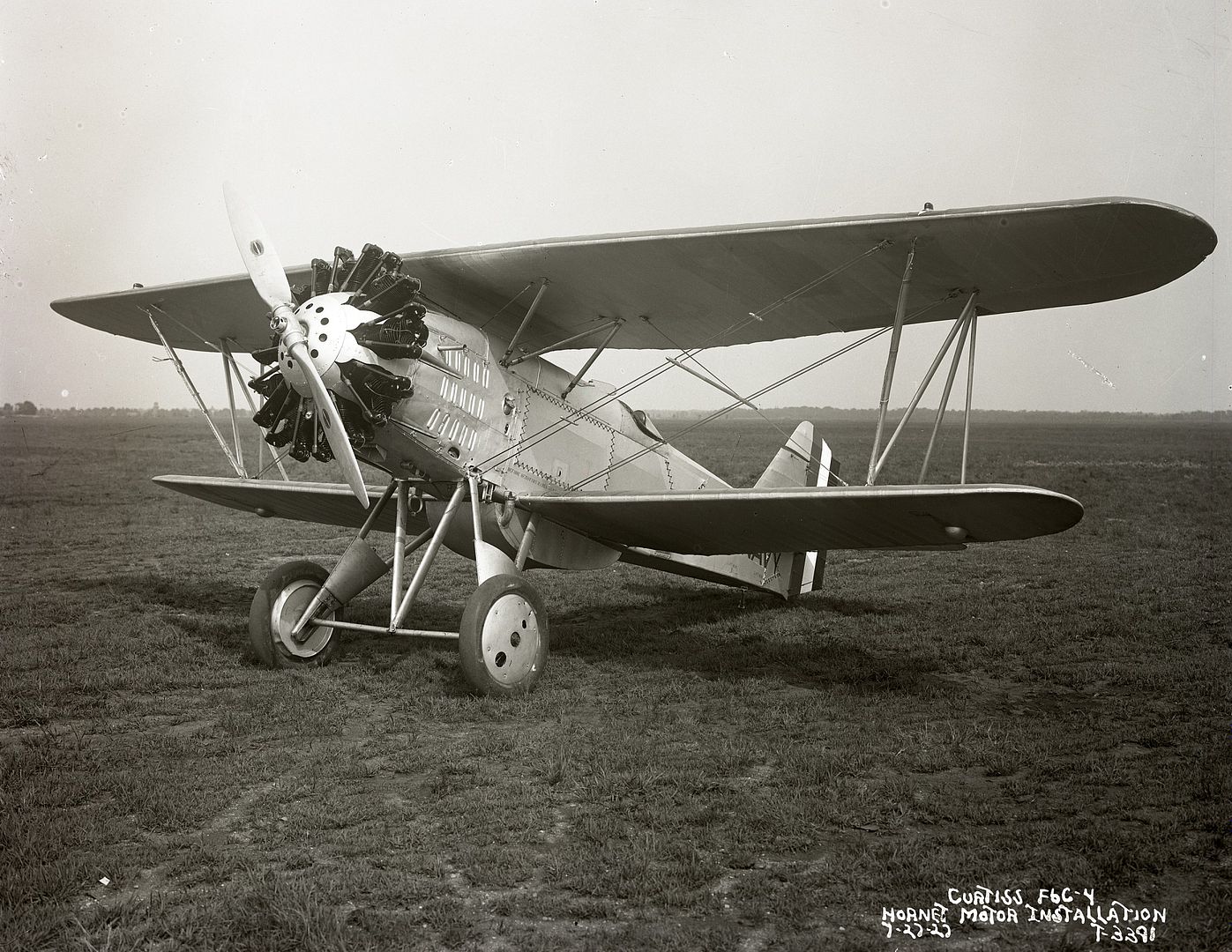

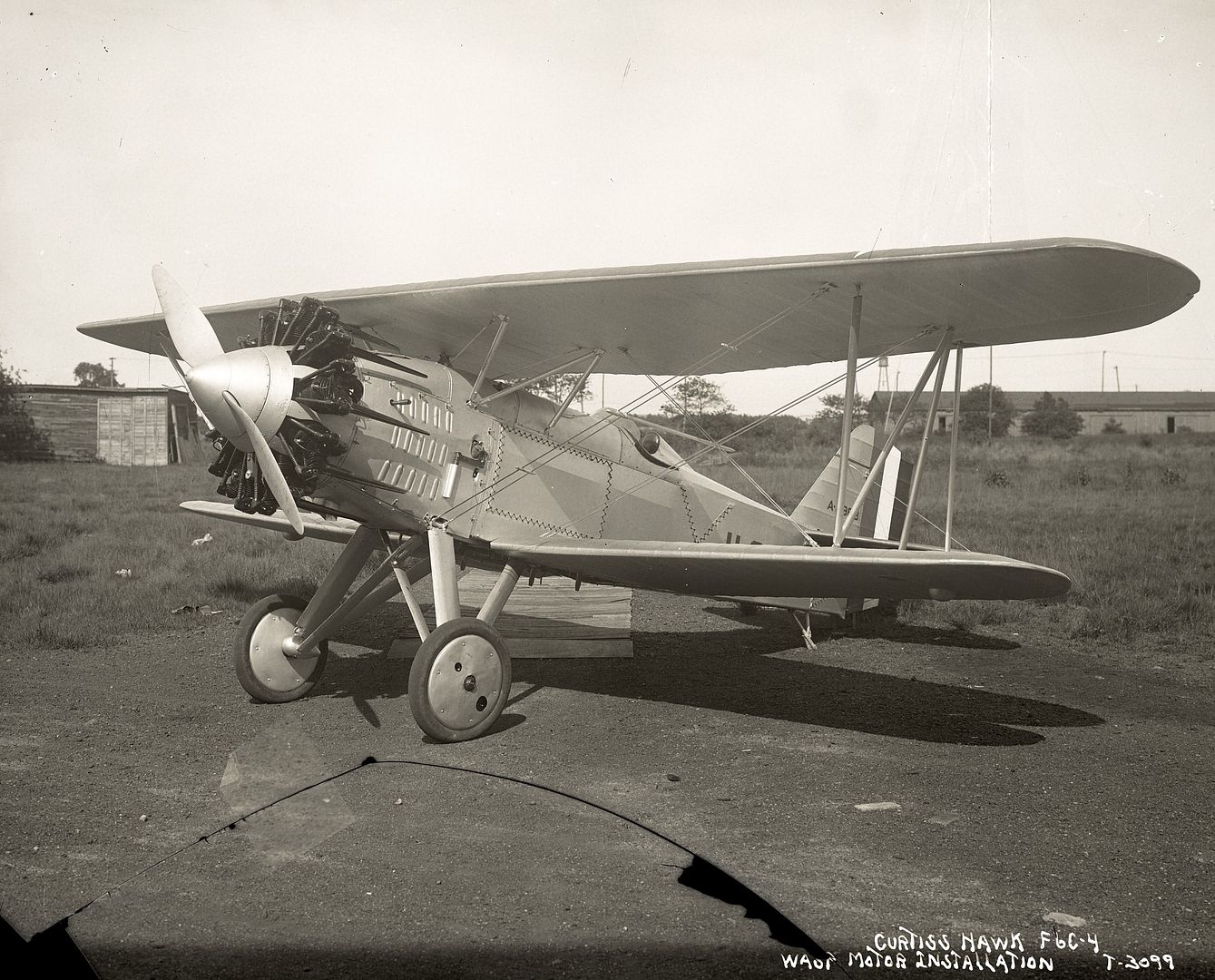
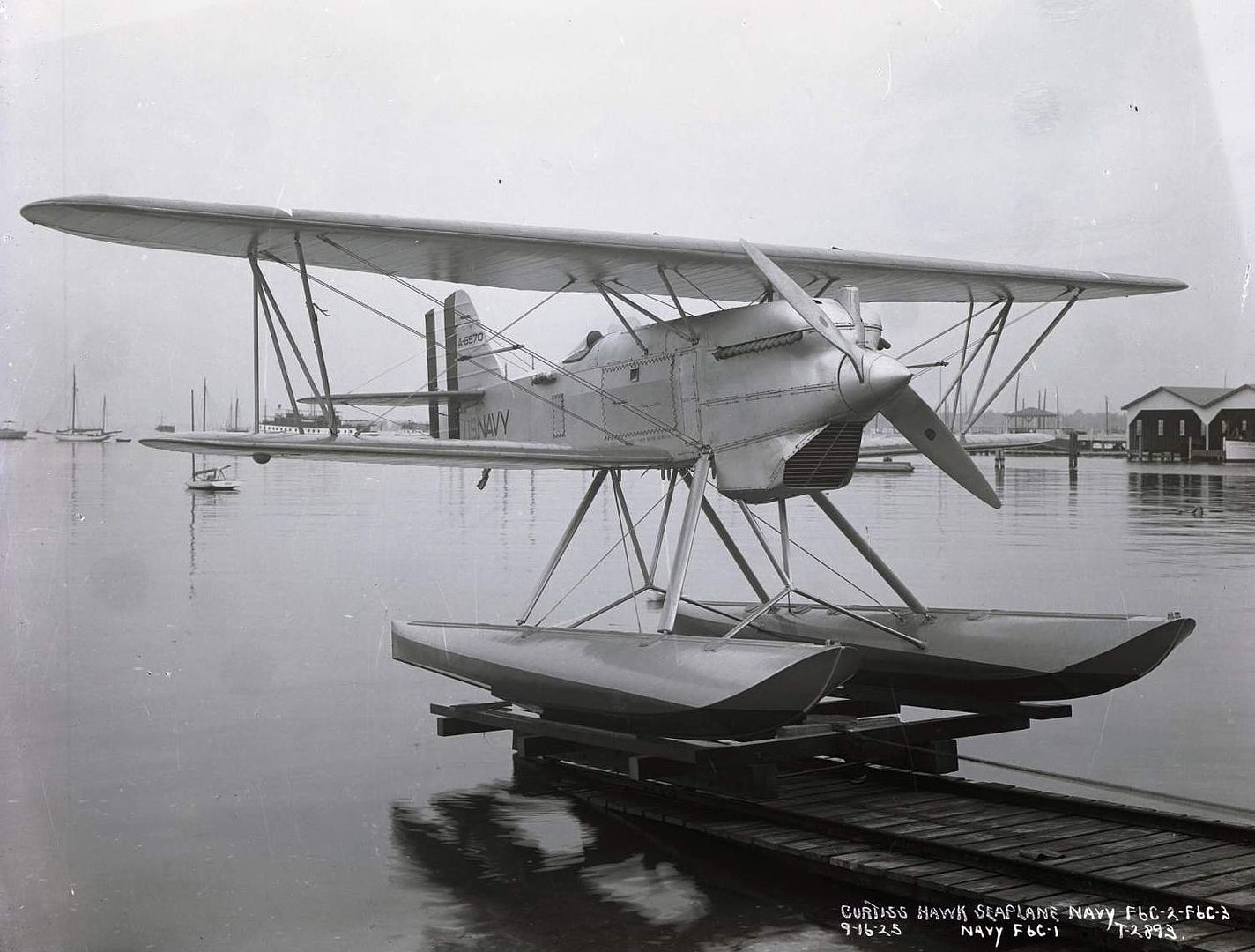
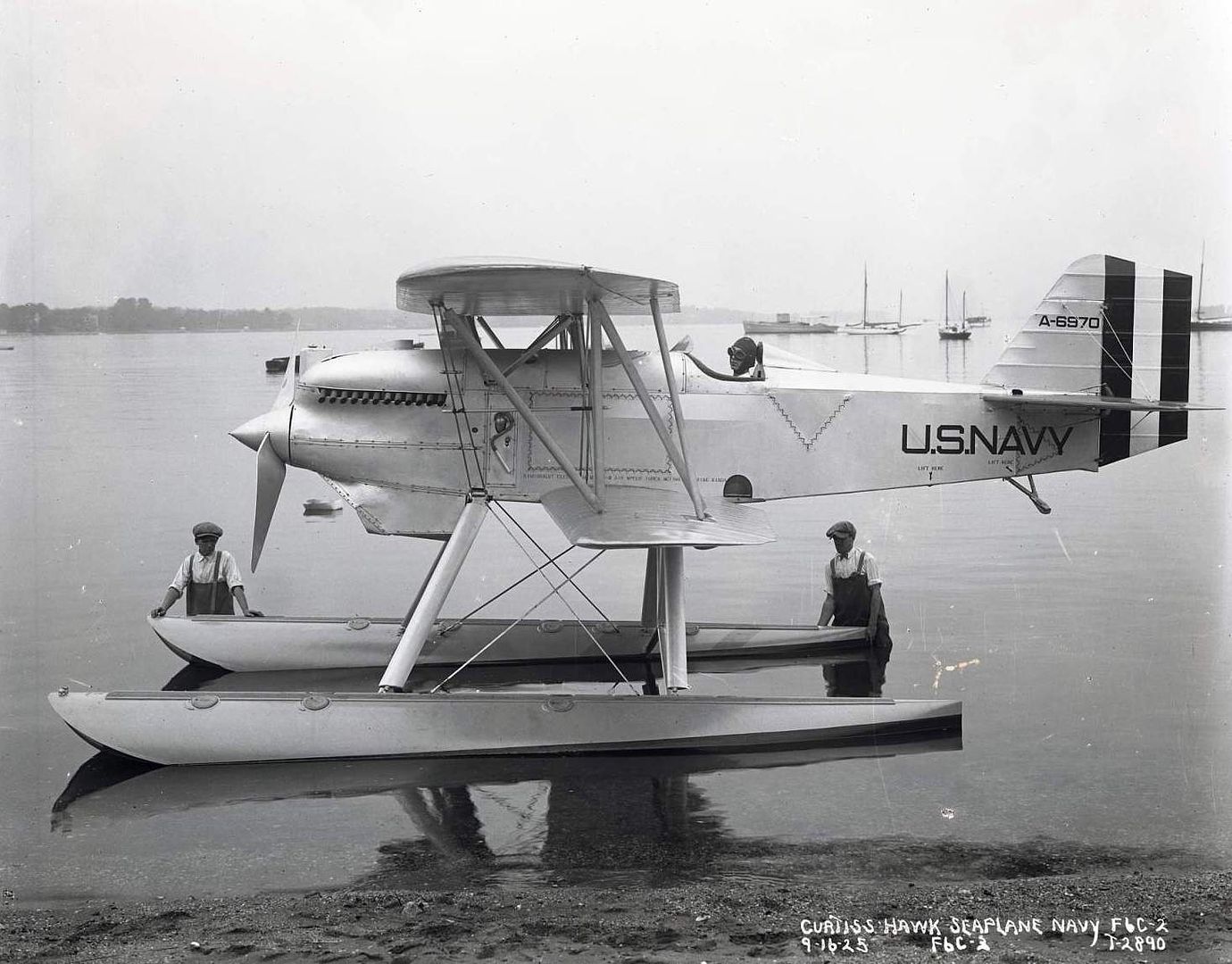
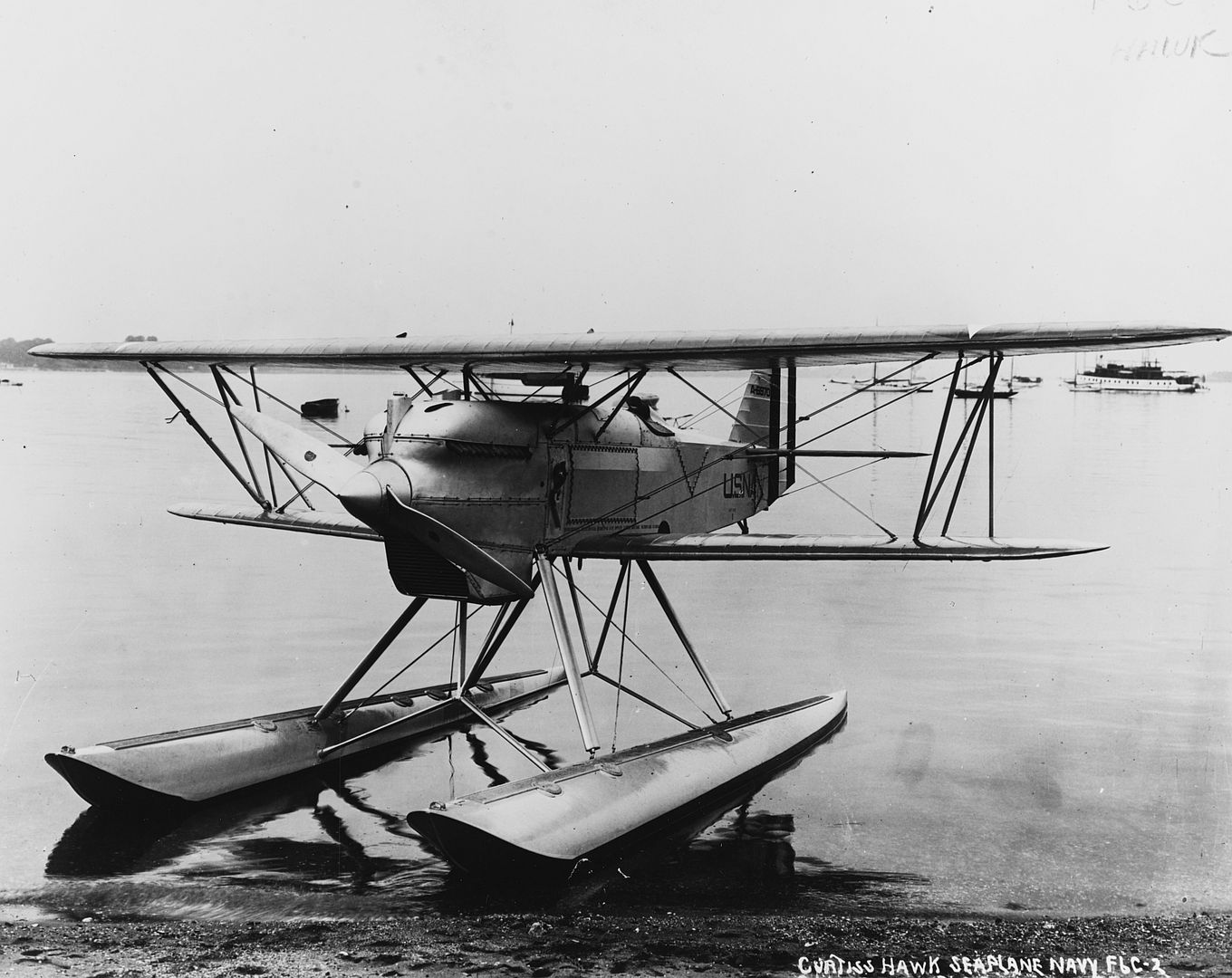
General characteristics F6C-4
Crew: 1
Length: 22 ft 6 in (6.86 m)
Wingspan: 37 ft 6 in (11.43 m)
Height: 10 ft 11 in (3.33 m)
Wing area: 252 ft? (23.42 m?)
Empty weight: 1,980 lb (900 kg)
Max. takeoff weight: 3,171 lb (1,441 kg)
Powerplant: 1 ? Pratt & Whitney R-1340 Wasp 9-cylinder air-cooled radial engine, 410 hp (306 kW)
Performance
Maximum speed: 155 mph (134 knots, 250 km/h) at sea level
Range: 360 mi (313 nmi, 580 km)
Service ceiling: 22,900 ft (6,980 m)
Climb to 5,000 ft (1,520 m): 2.5 min
Armament
Guns: 2 ? fixed .30 in (7.62 mm) Browning machine guns in the forward fuselage
Post a reply
- Go to Previous topic
- Go to Next topic
- Go to Welcome
- Go to Introduce Yourself
- Go to General Discussion
- Go to Screenshots, Images and Videos
- Go to Off topic
- Go to Works in Progress
- Go to Skinning Tips / Tutorials
- Go to Skin Requests
- Go to IJAAF Library
- Go to Luftwaffe Library
- Go to RAF Library
- Go to USAAF / USN Library
- Go to Misc Library
- Go to The Ops Room
- Go to Made in Germany
- Go to Campaigns and Missions
- Go to Works in Progress
- Go to Juri's Air-Raid Shelter
- Go to Campaigns and Missions
- Go to Works in Progress
- Go to Skinpacks
- Go to External Projects Discussion
- Go to Books & Resources
